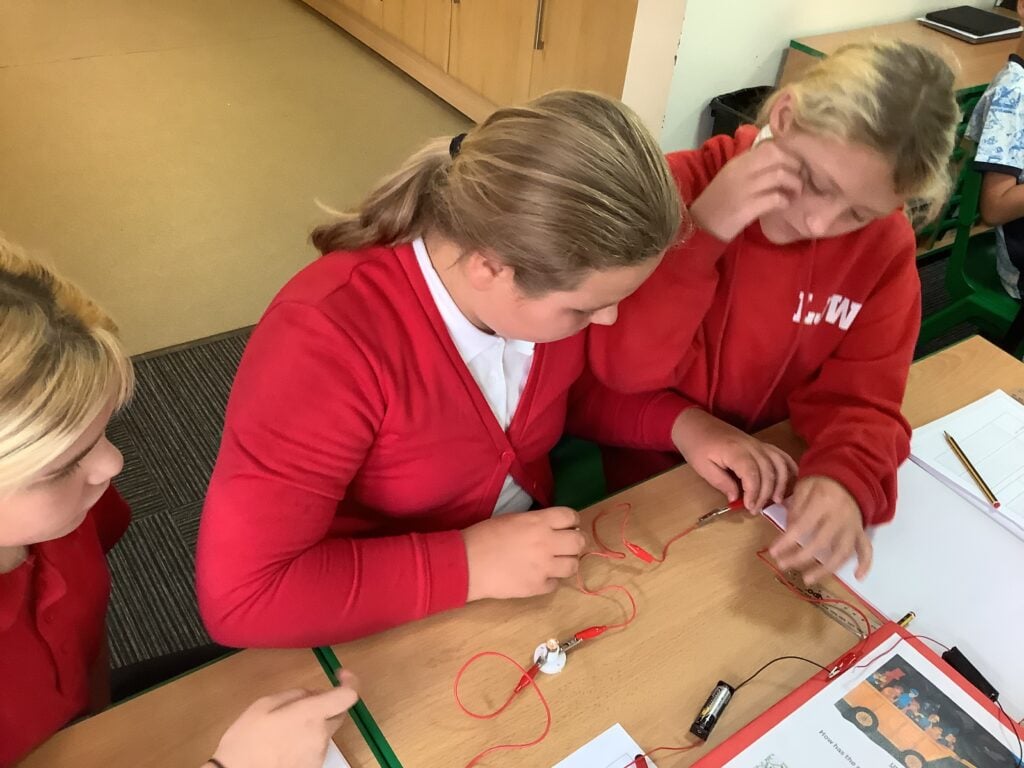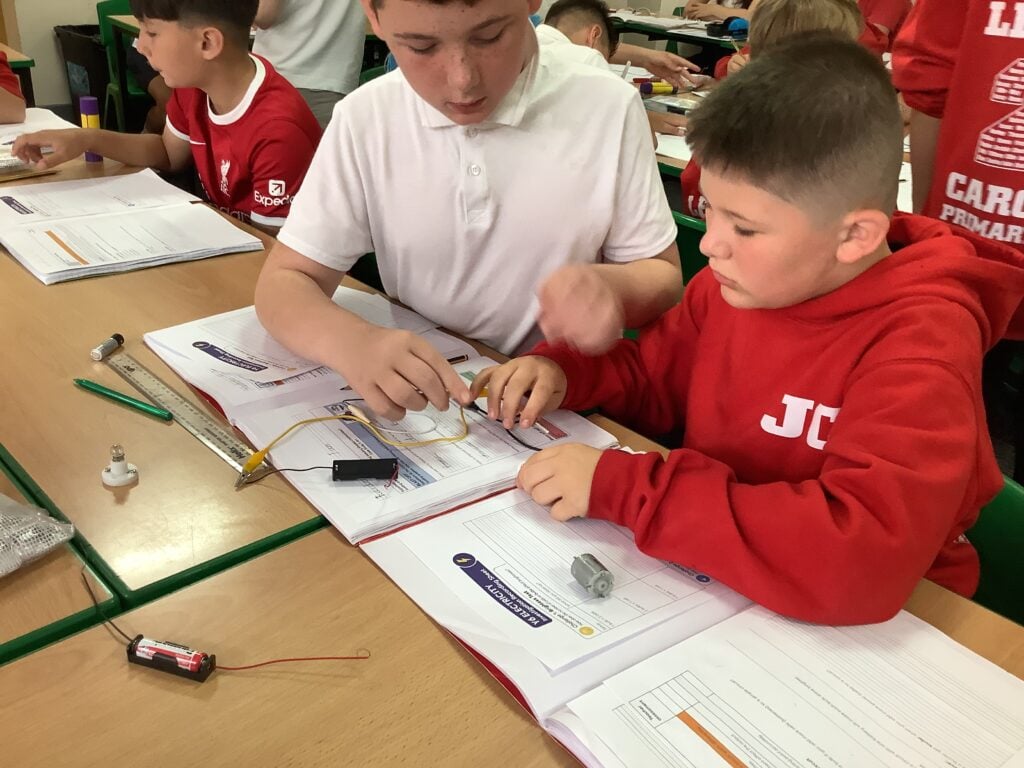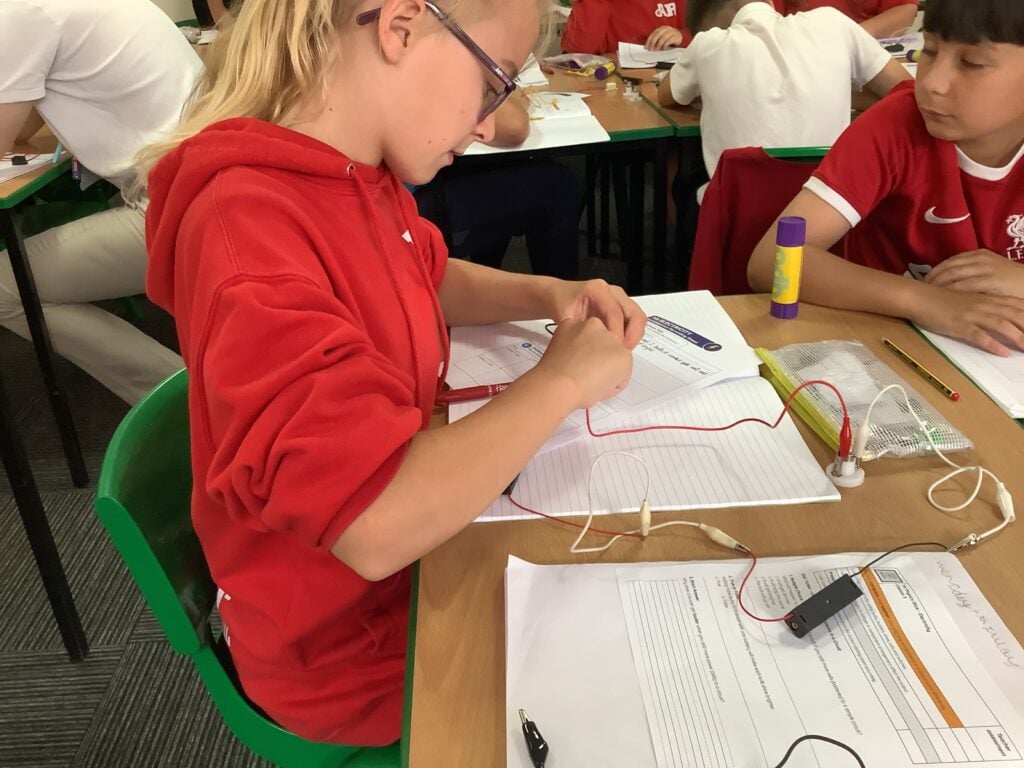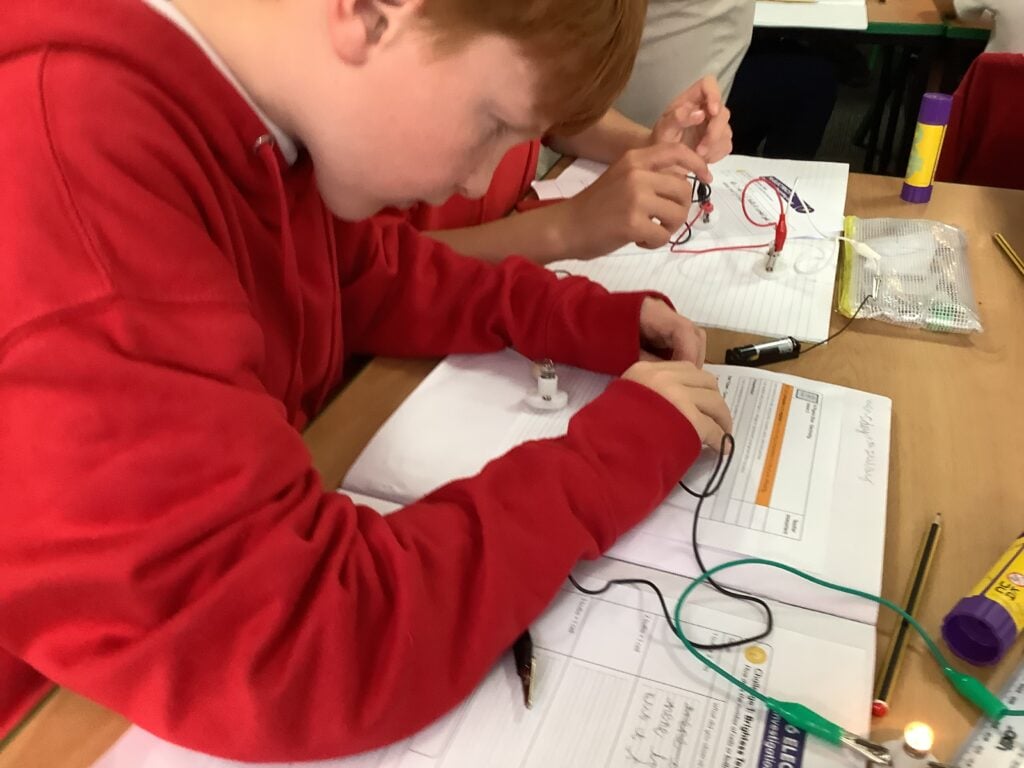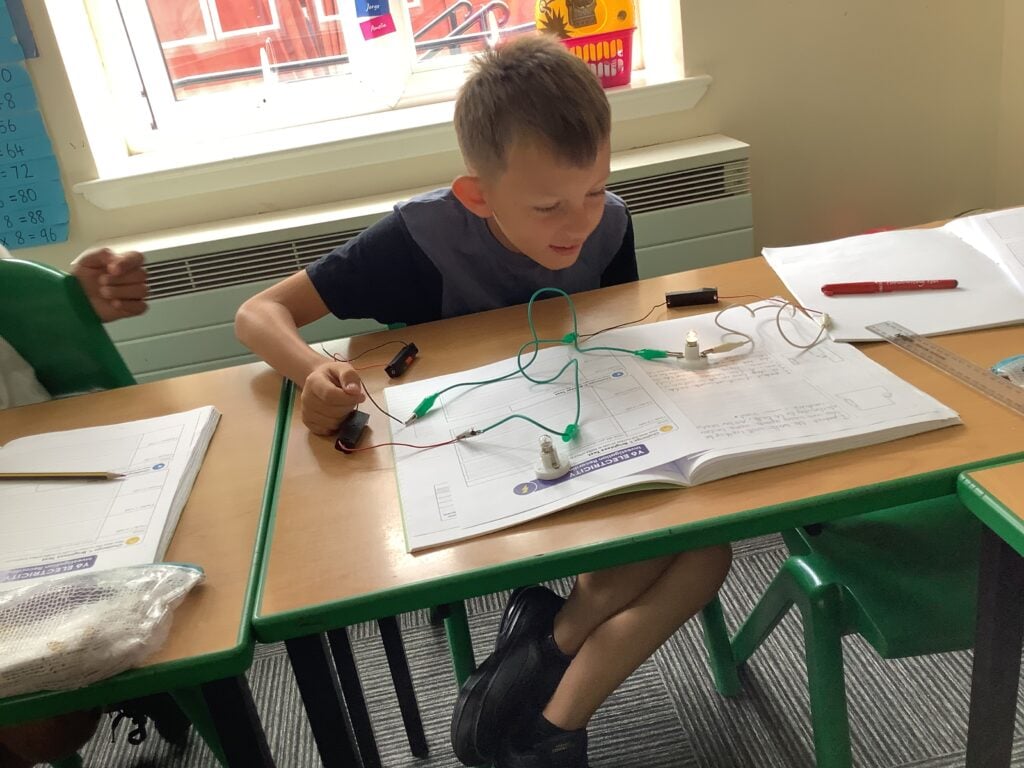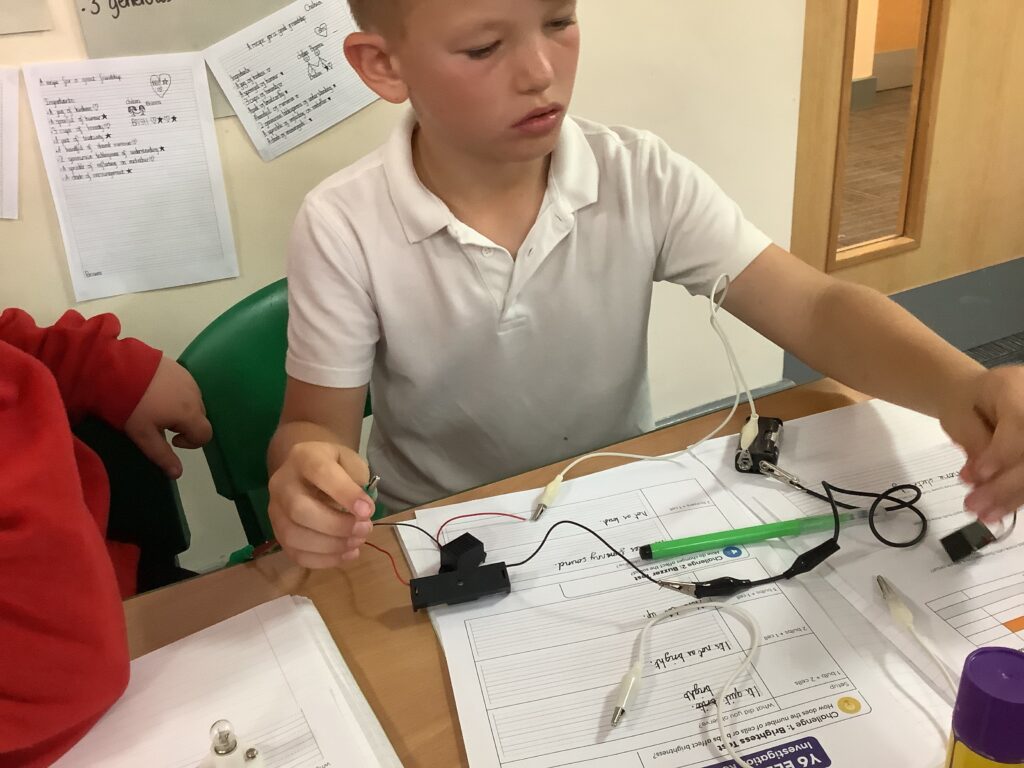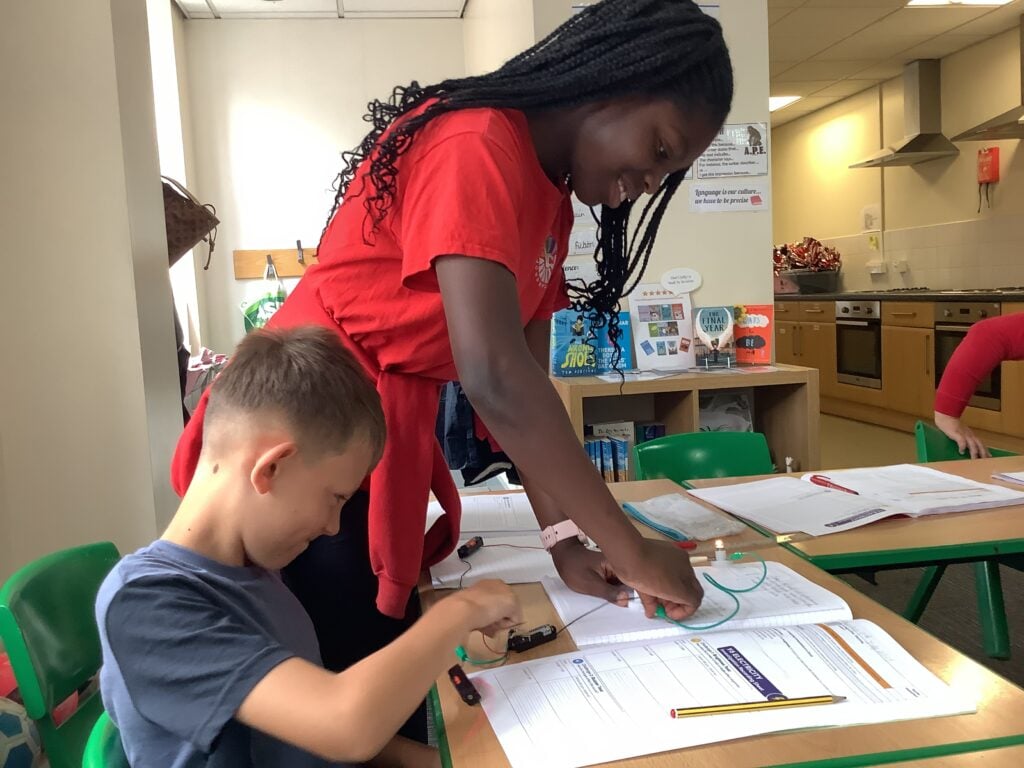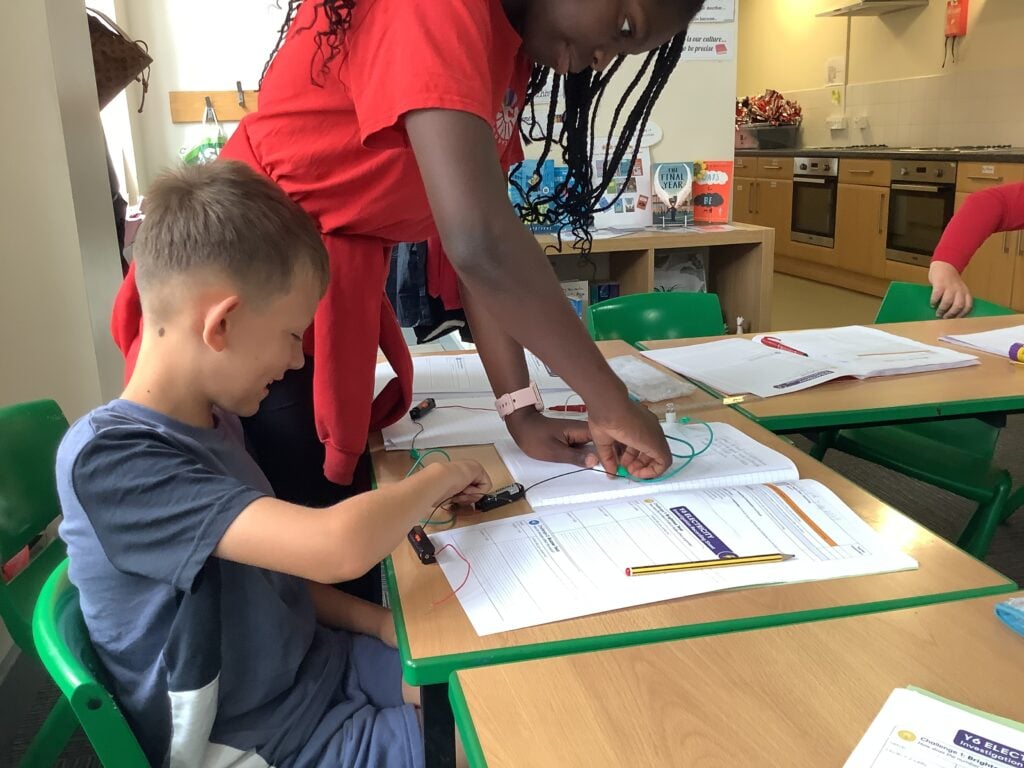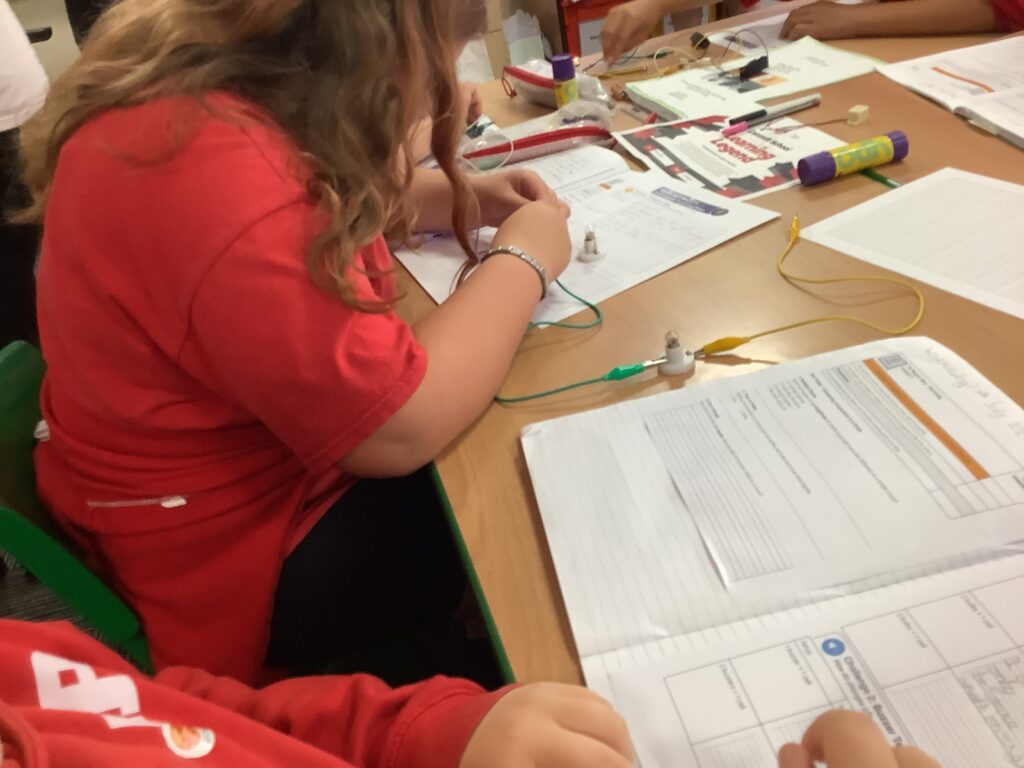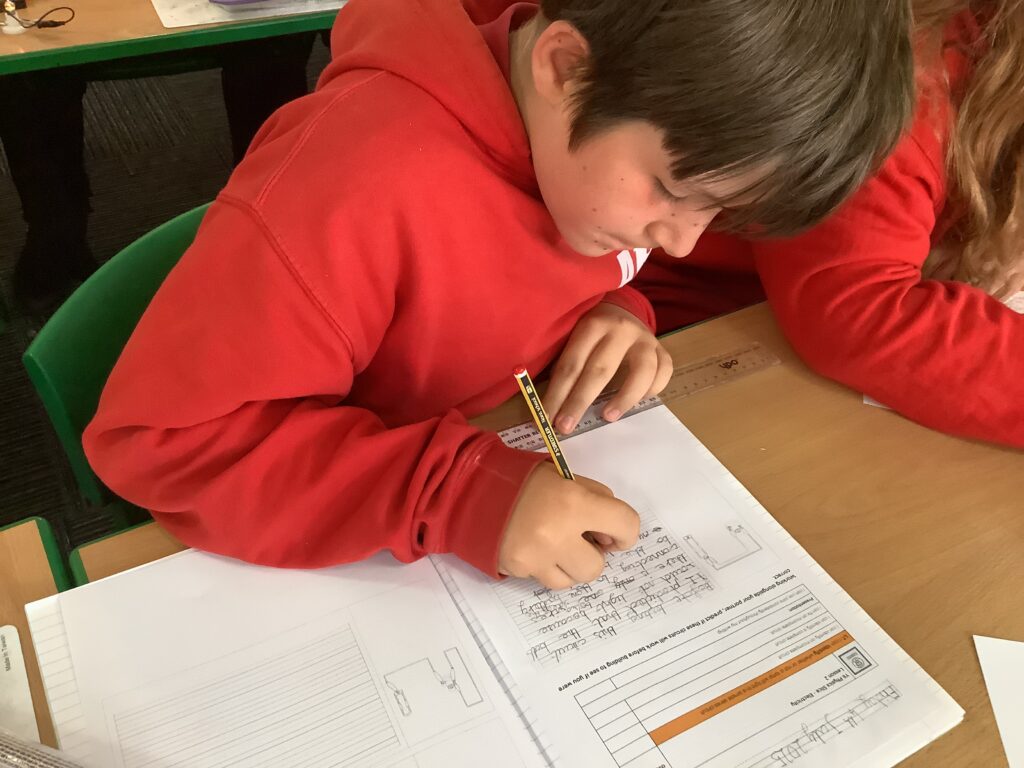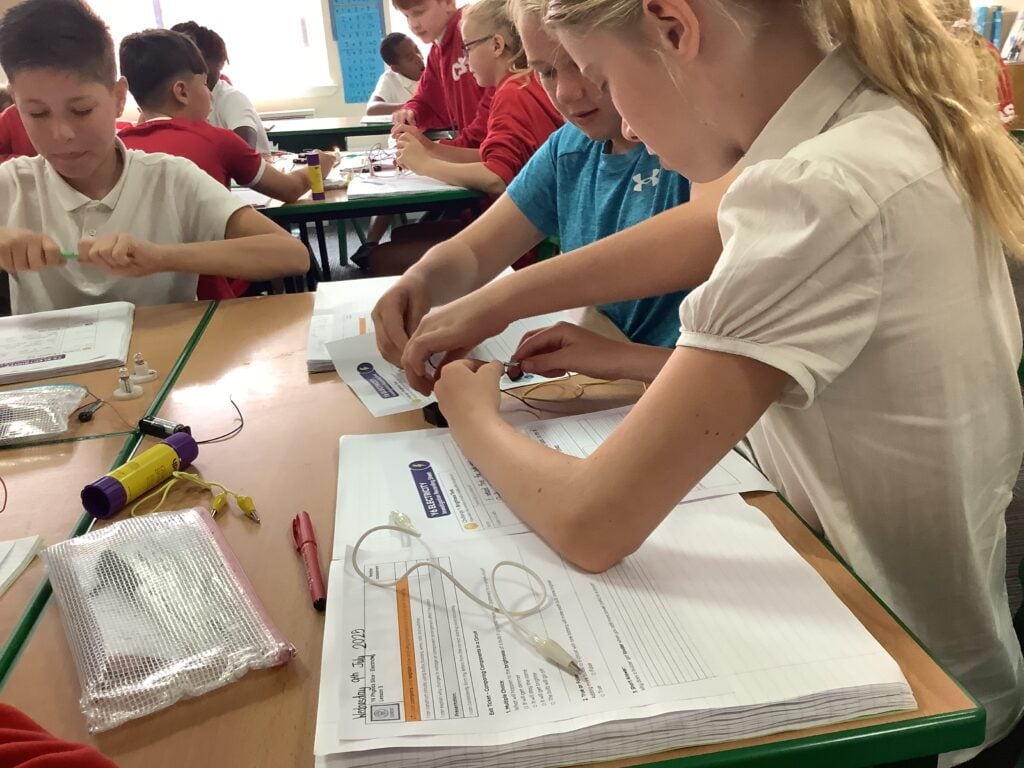Today in expedition the children got to make their own roman sundial and learn about why they did not have a clock.
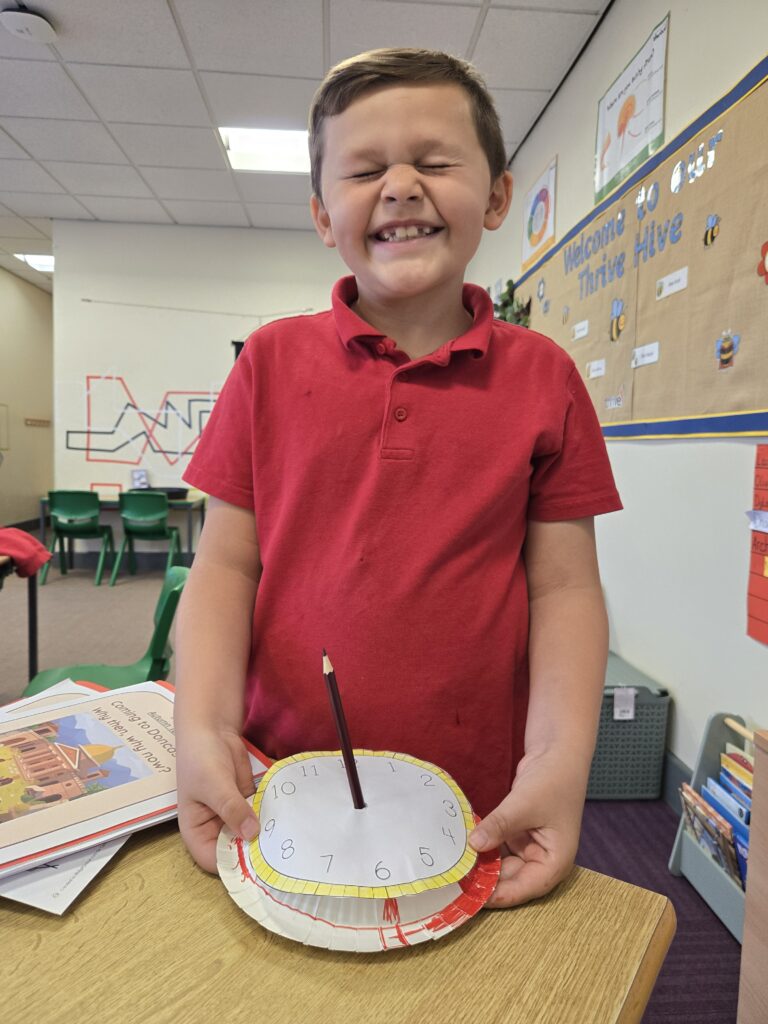
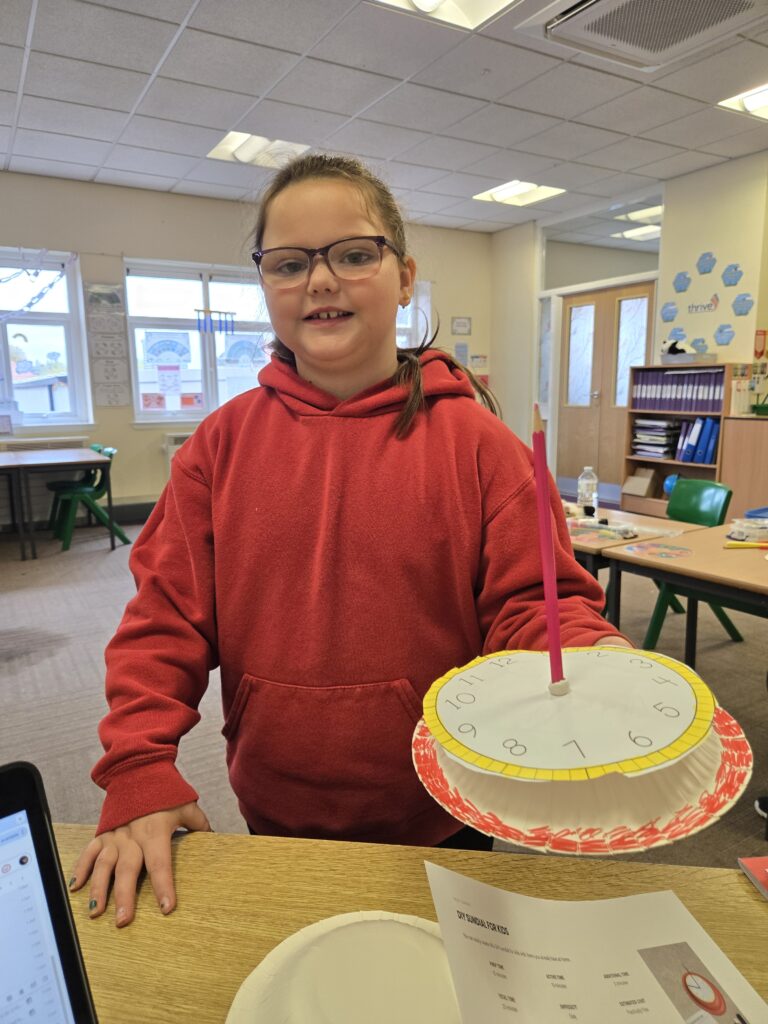
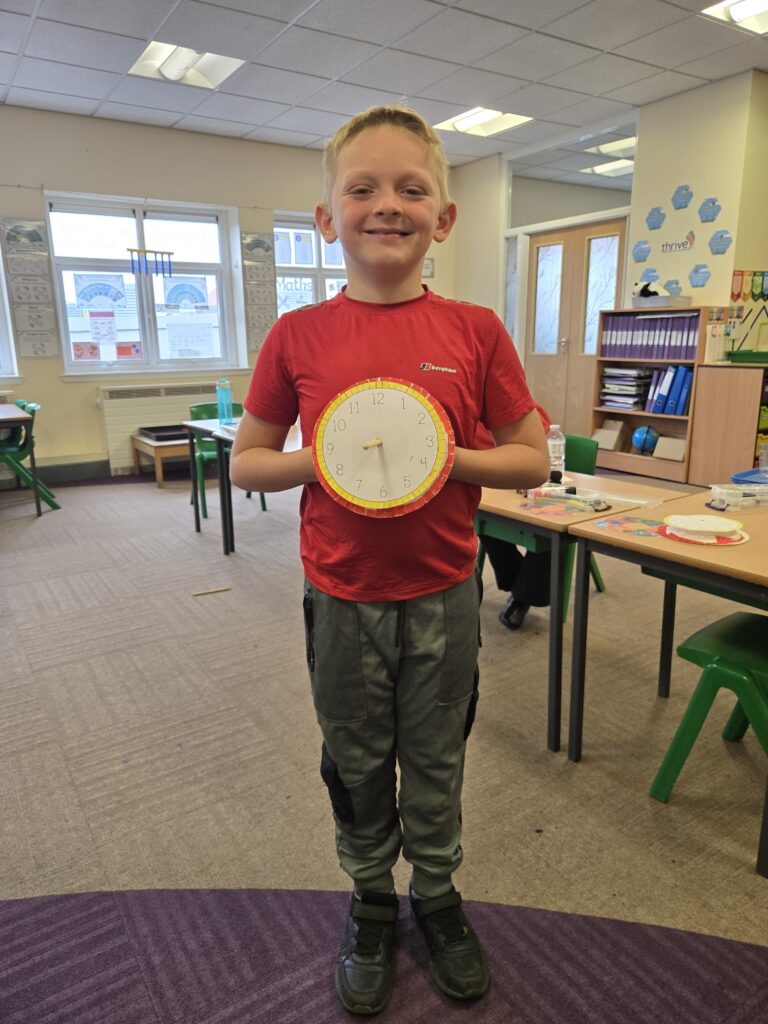
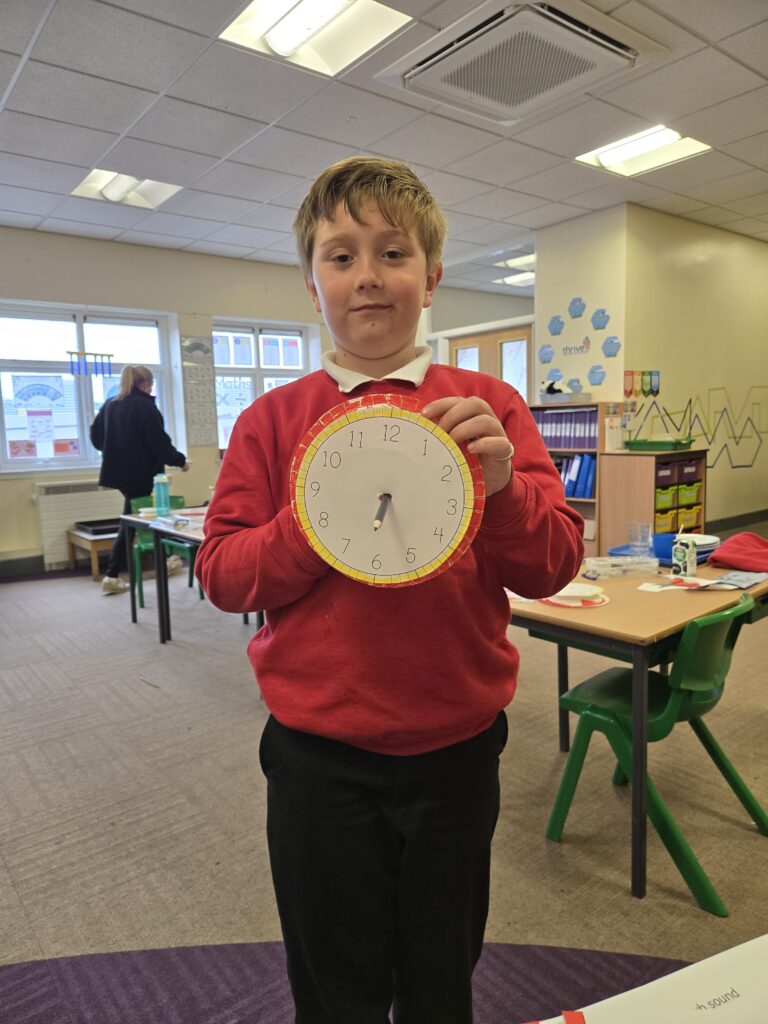
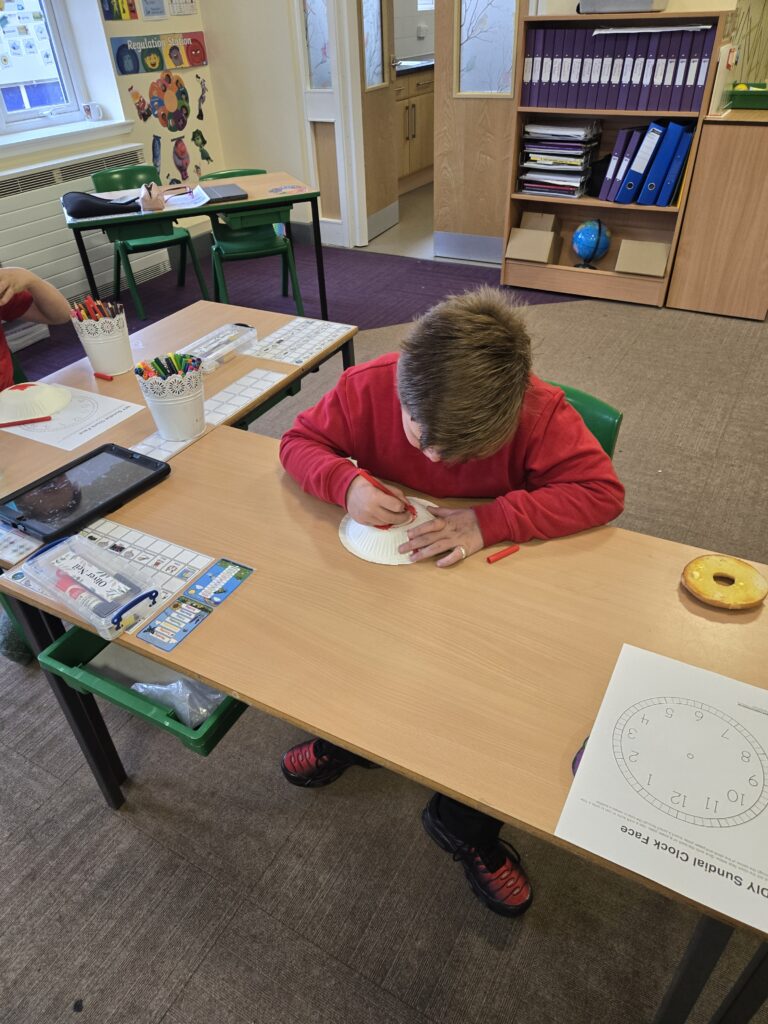
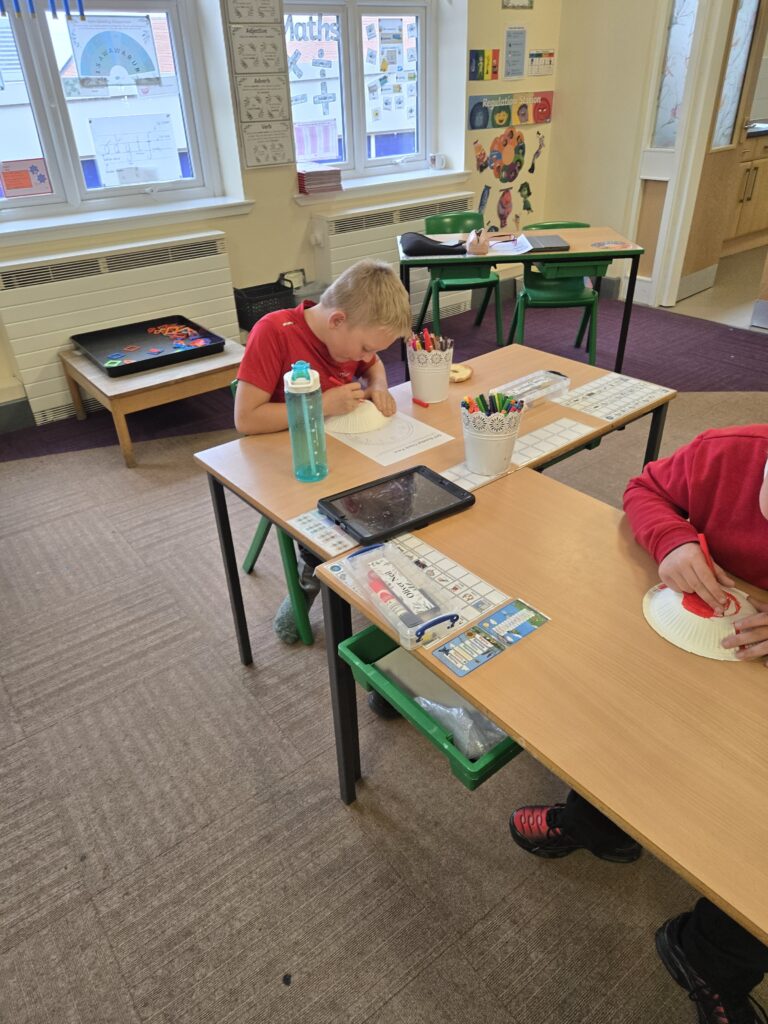
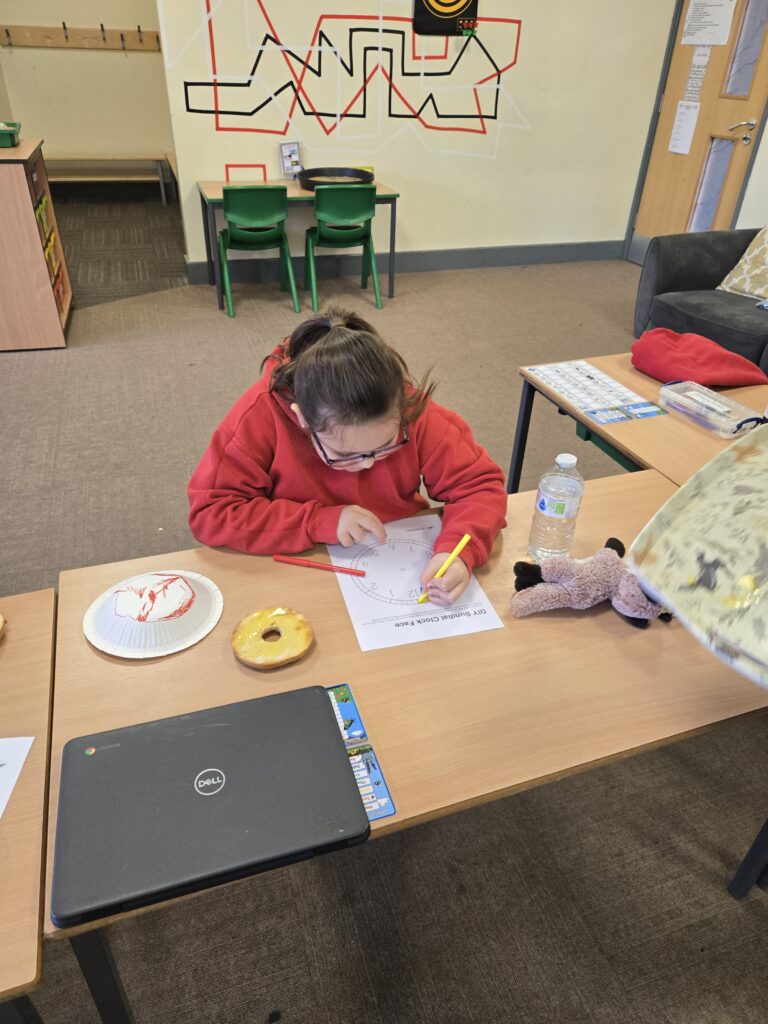
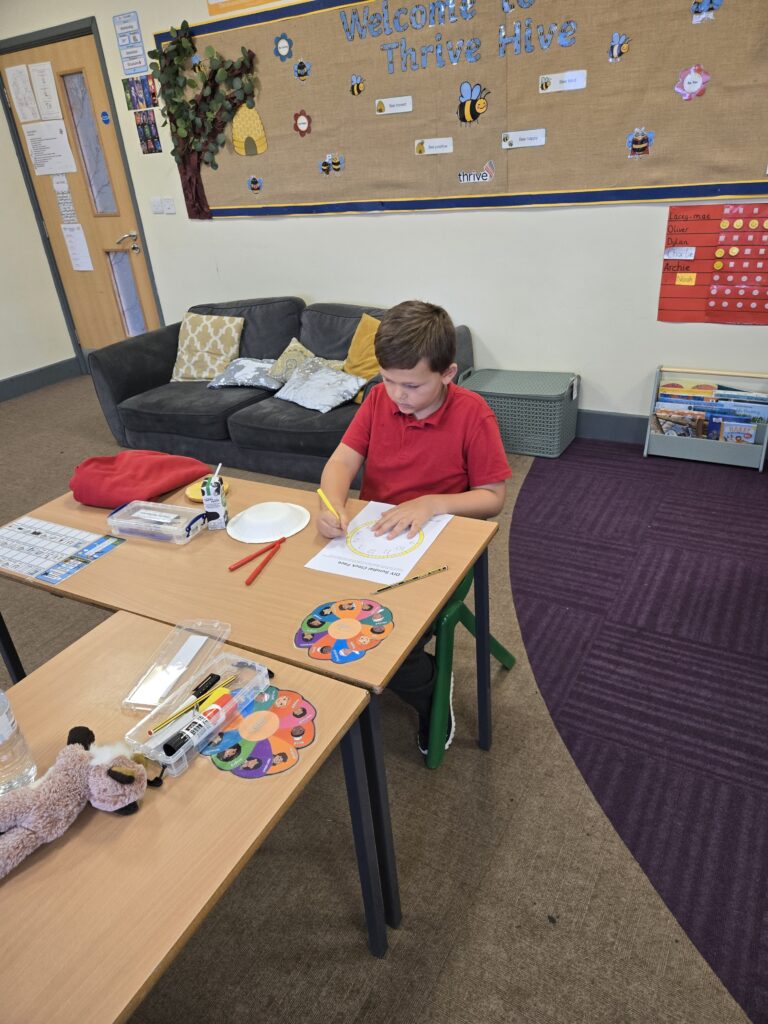
Today in expedition the children got to make their own roman sundial and learn about why they did not have a clock.








Today, Crew McLoughlin had a fantastic expedition science lesson learning about the different parts of plants and their roles. The class explored real plants kindly shared from Miss Newman’s mum’s garden, which made the lesson extra special!
Students carefully examined roots, stems, leaves, and flowers, discussing how each part helps the plant grow and stay healthy. They loved getting hands-on with the plants and spotting the unique features of each one.
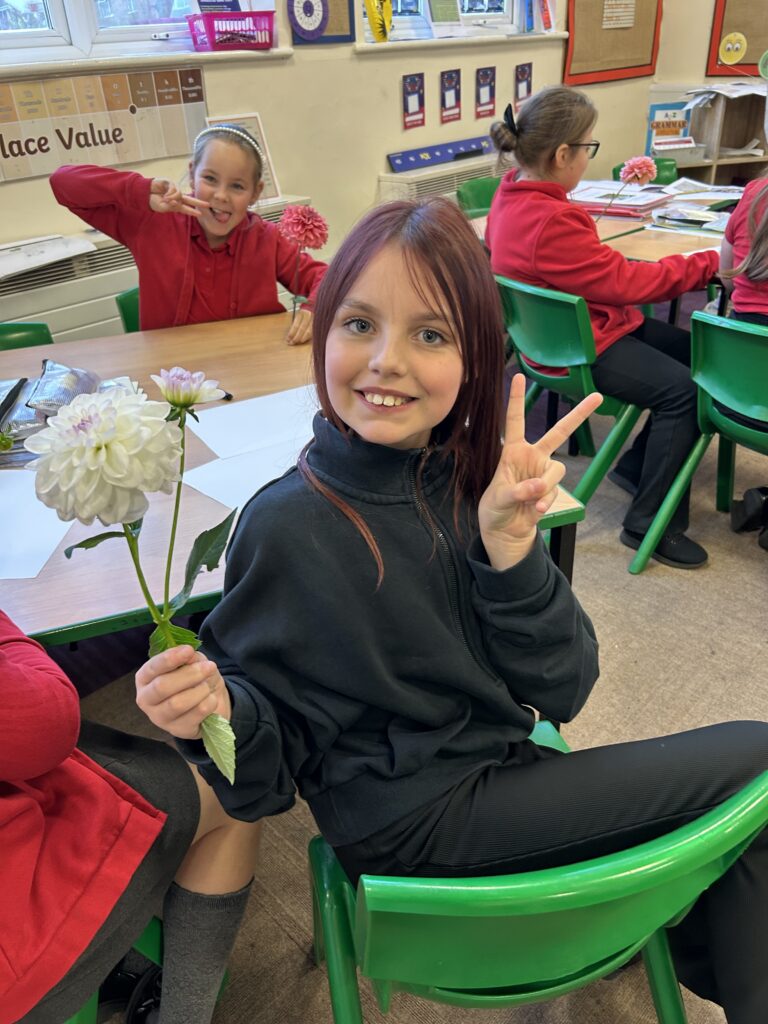
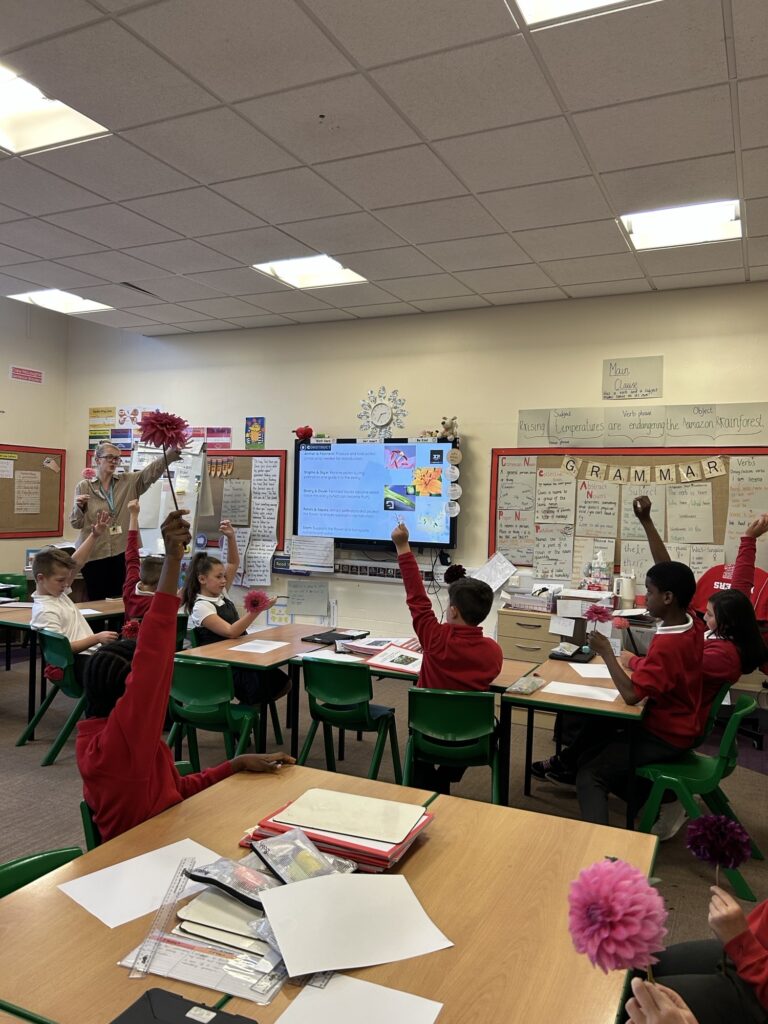
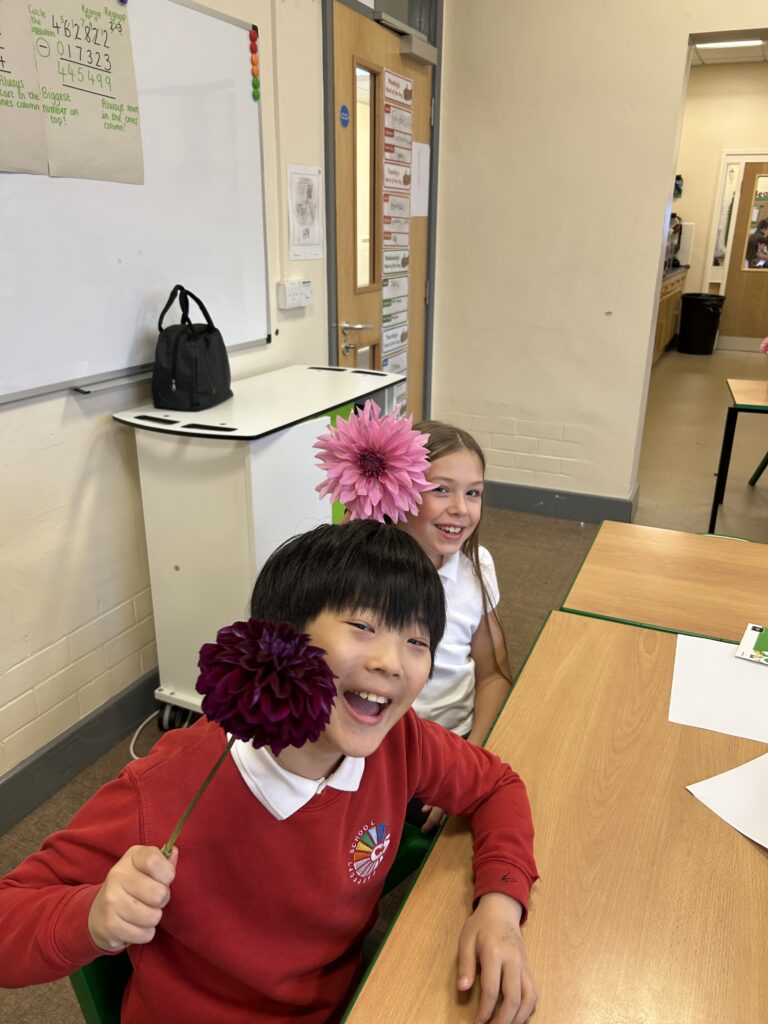
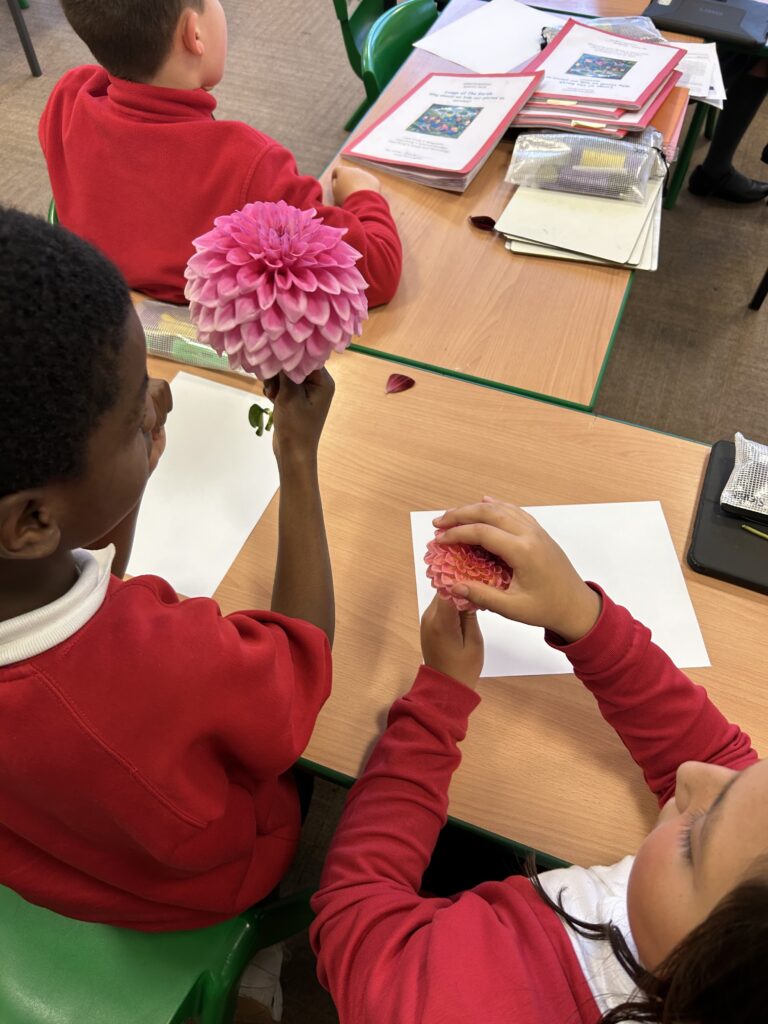
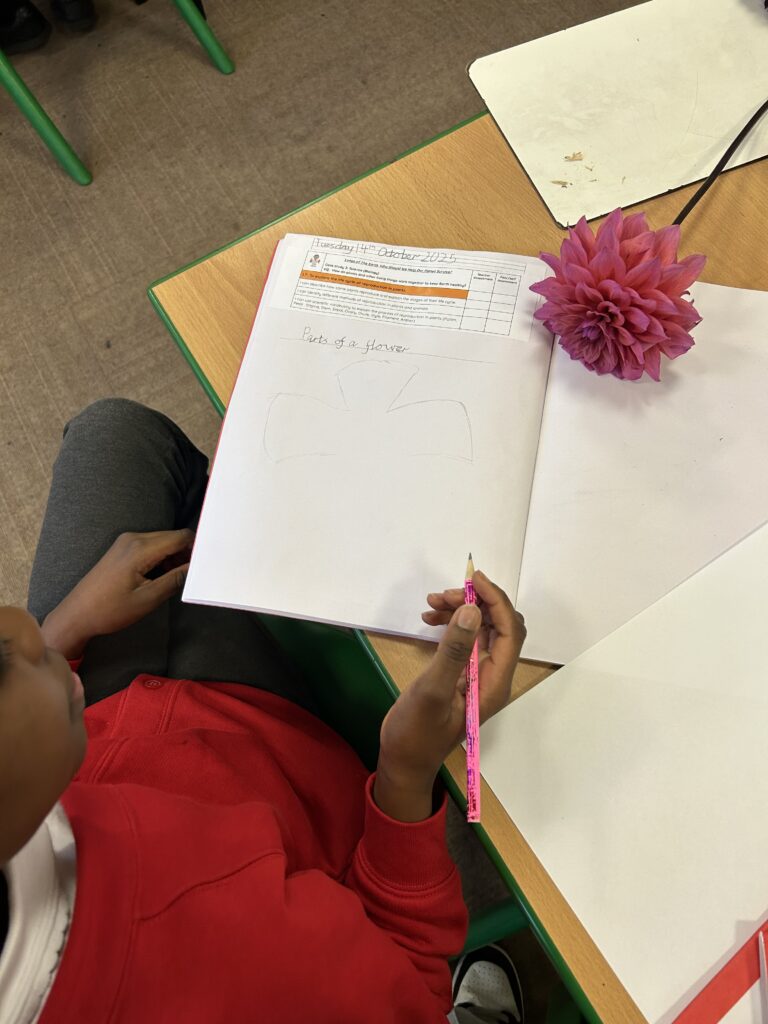
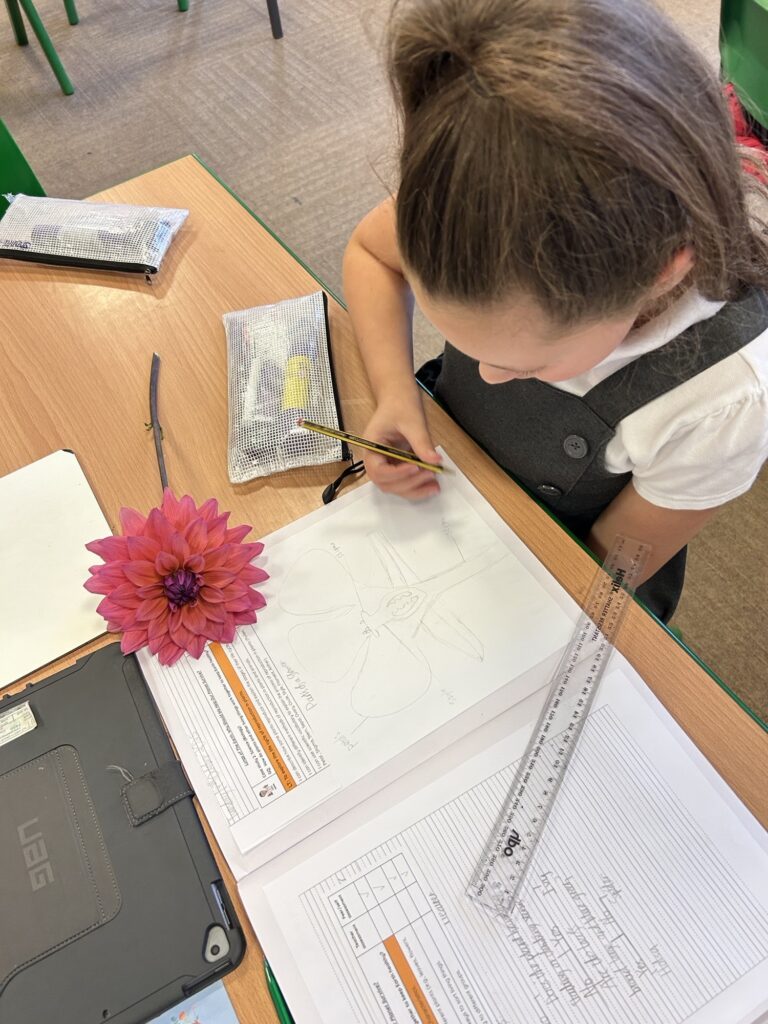
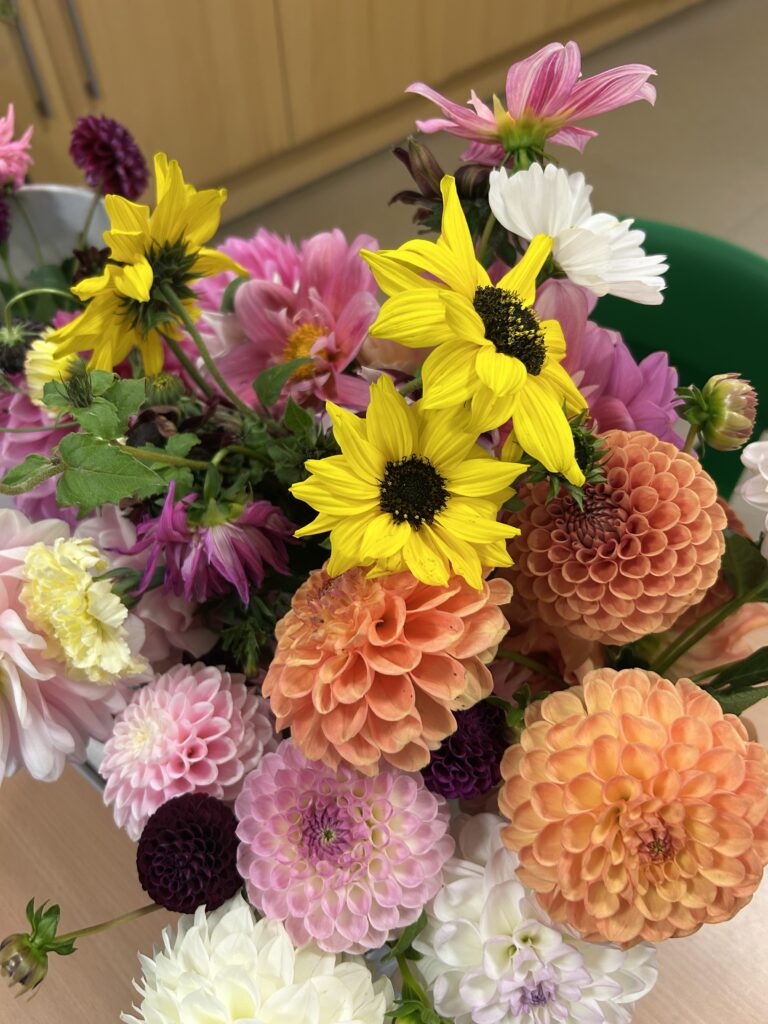
This week, Crew McLoughlin became young scientists as they learned how to classify different plants. They looked closely at leaves, stems, and flowers – they even got to touch and feel many of the plants to notice their textures and features (but not the cactus, of course)! The crew loved comparing what they found and talking about how scientists group plants based on their characteristics.
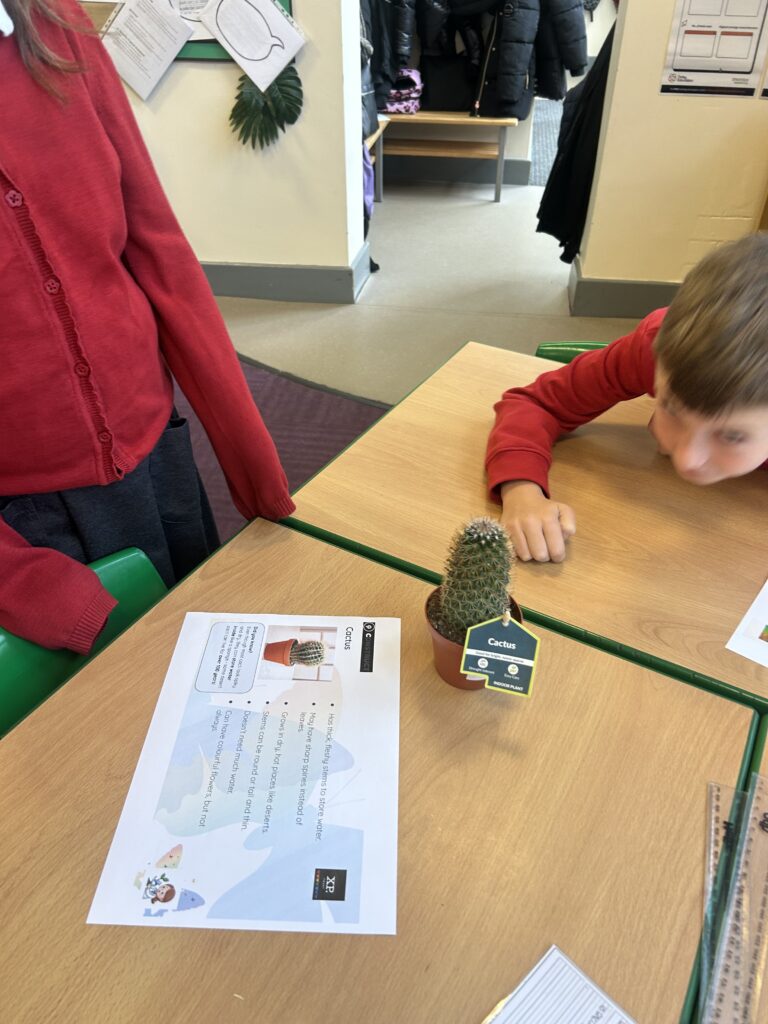
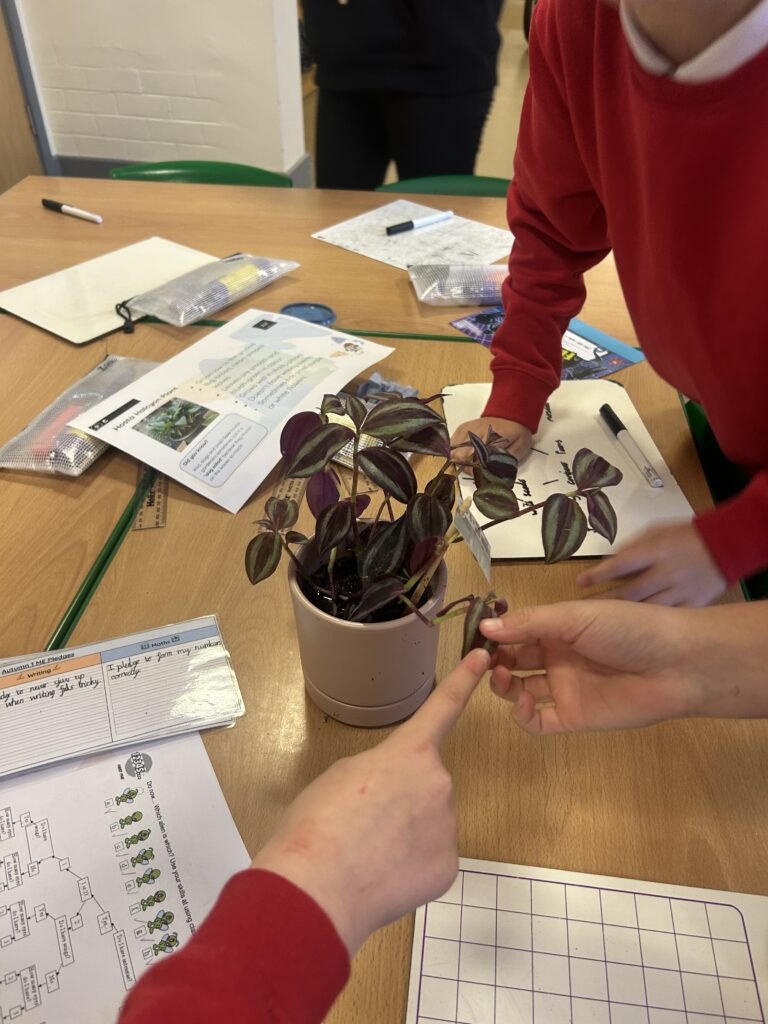
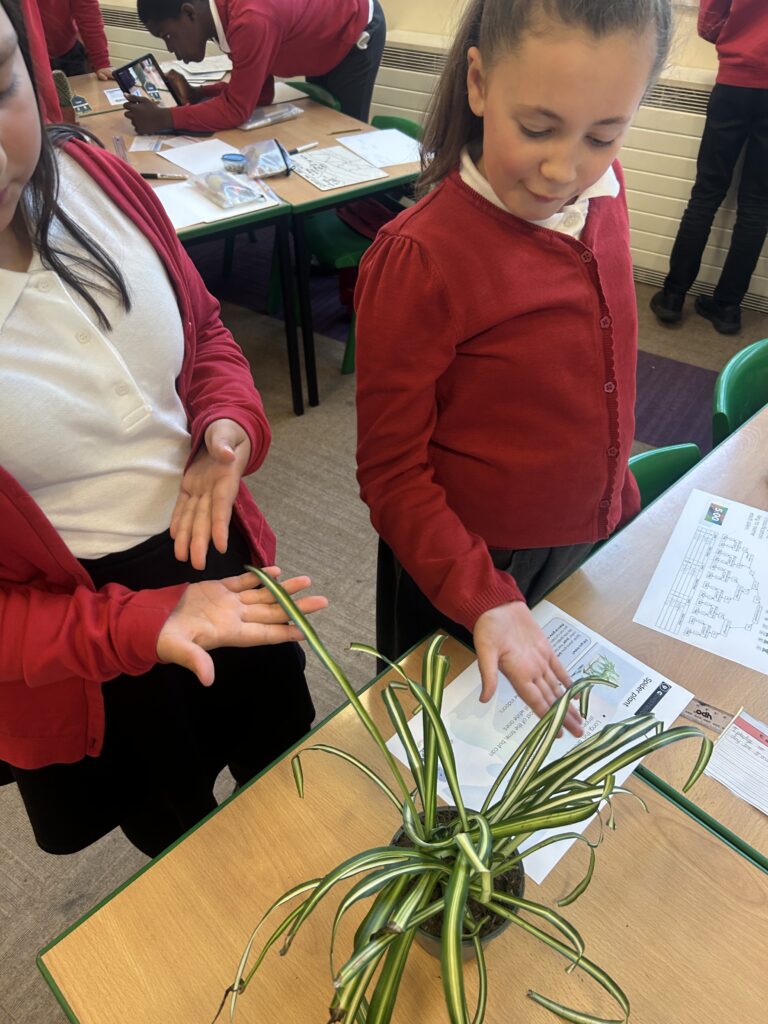
This afternoon for our science lesson, Crew McLoughlin let their imaginations run wild and became inventors to dream up their very own crazy inventions, inspired by Charlie and the Chocolate Factory. From zipable chocolate bars to unlimited sweet machines, the ideas were as magical as a Roald Dahl story itself.
Crew McLoughlin worked in mini crews to sketch, design, and name their inventions. Each group was challenged to think not only about what their creation would do, but also why we needed it.
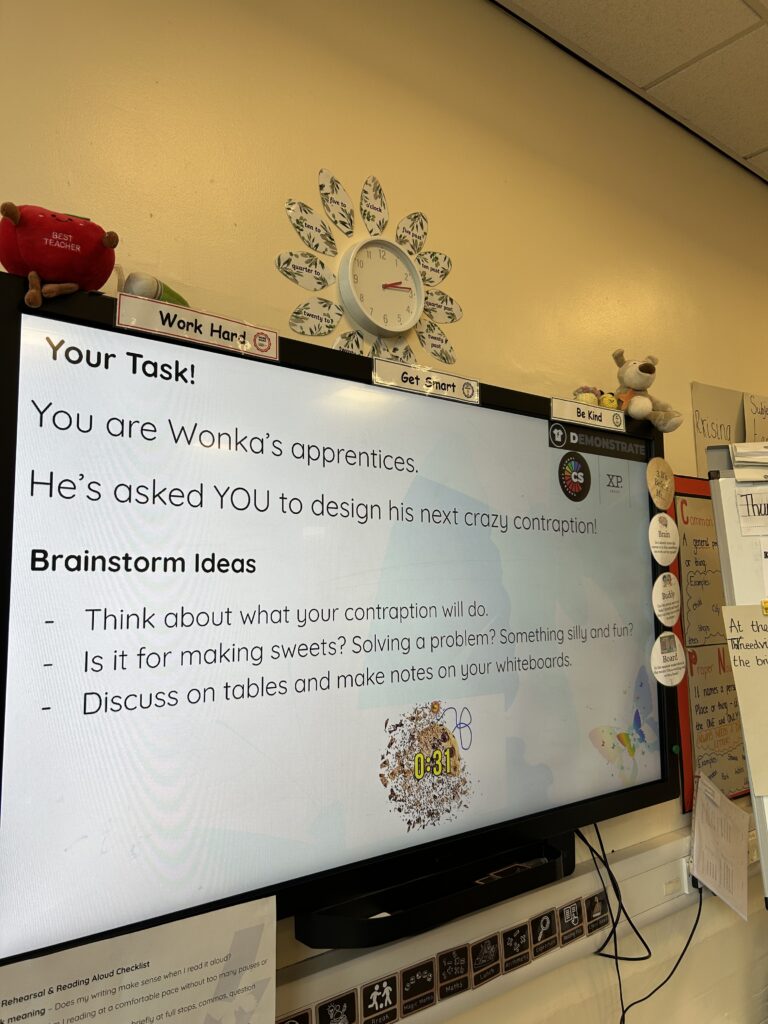
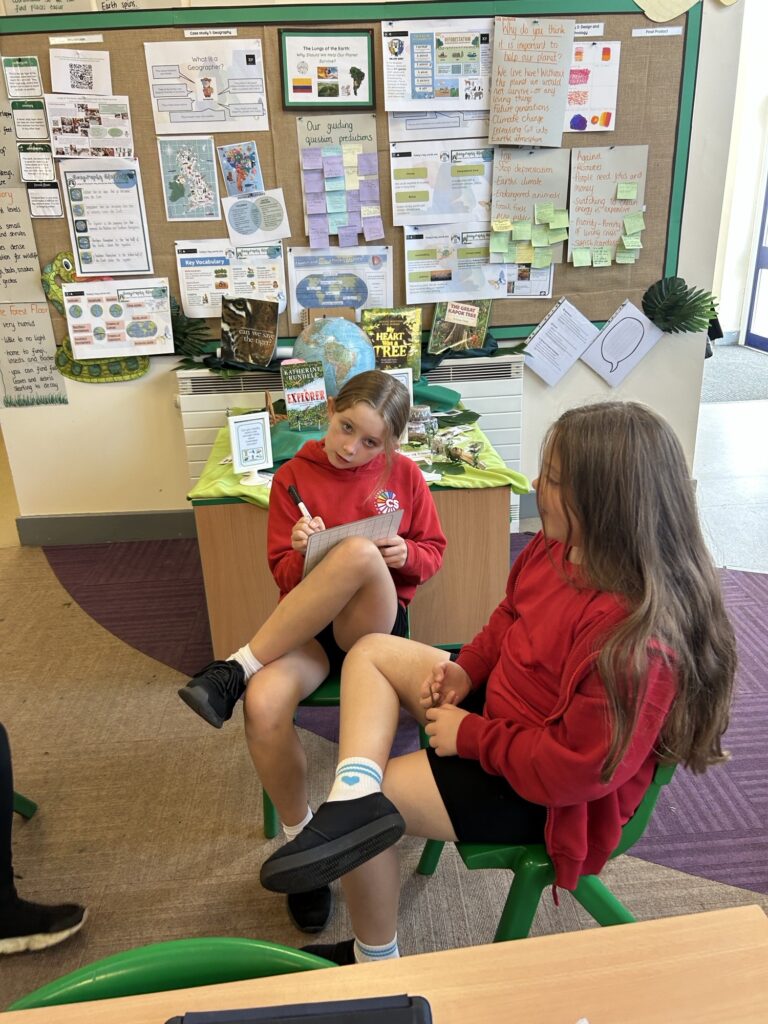
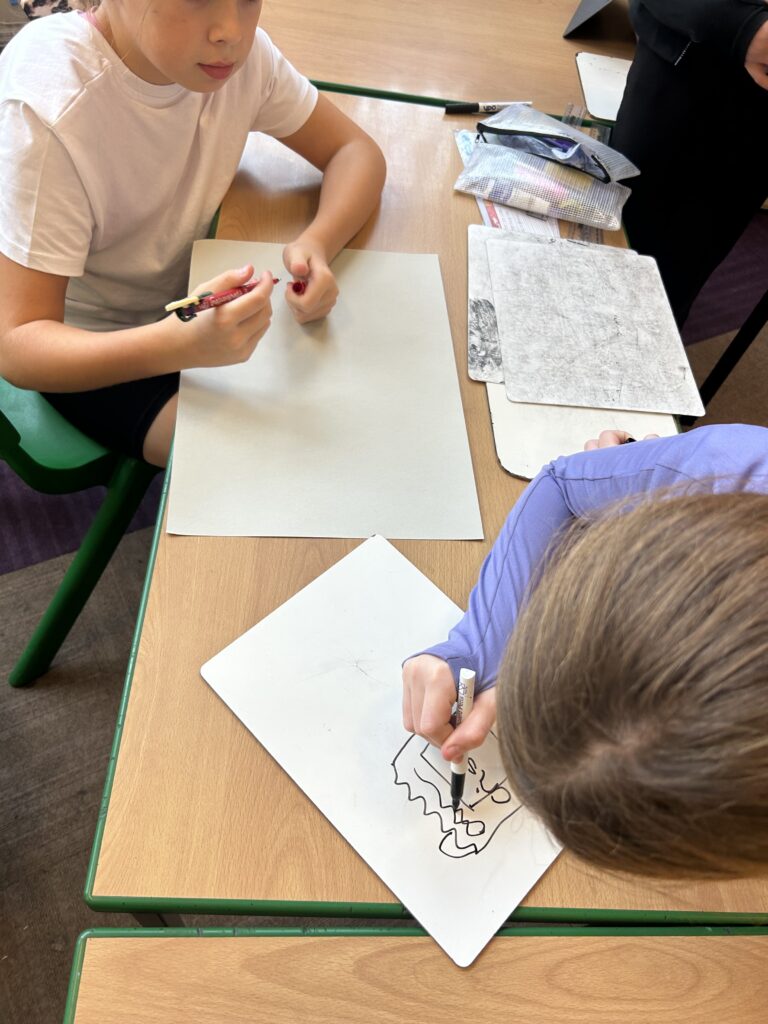
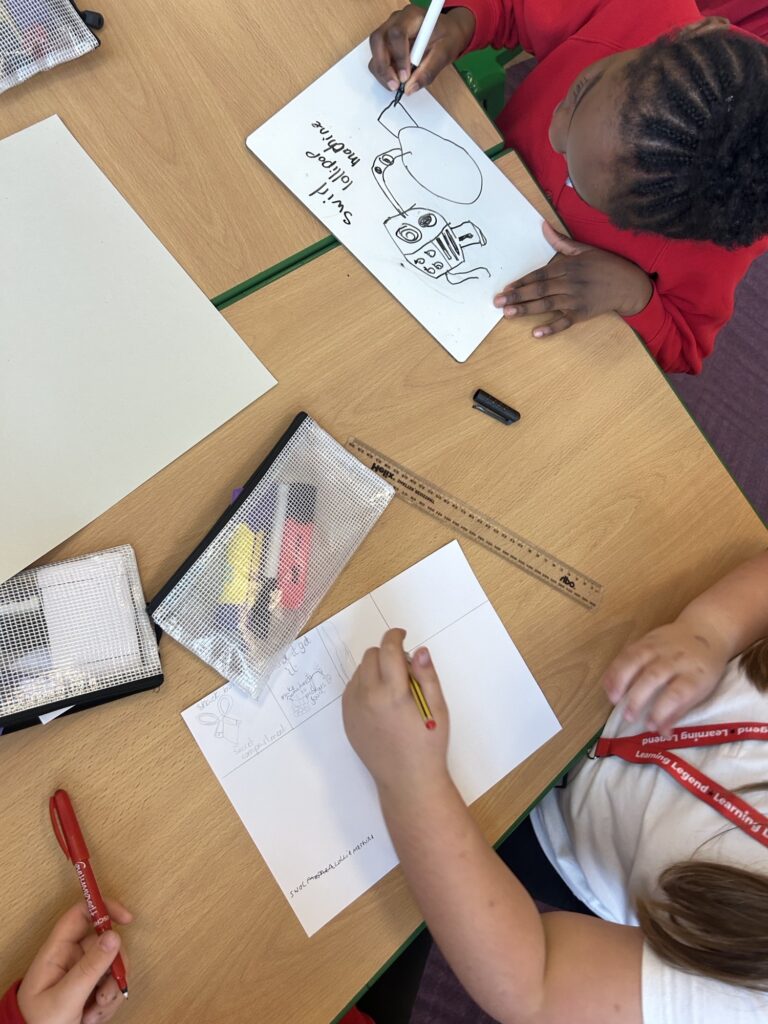
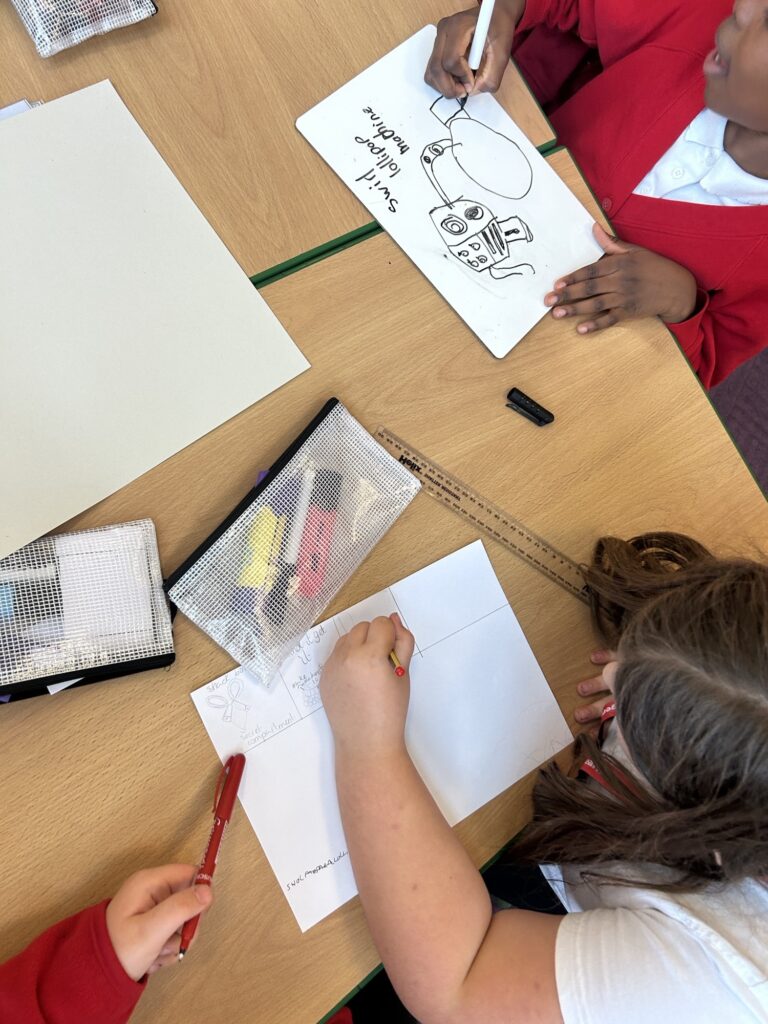
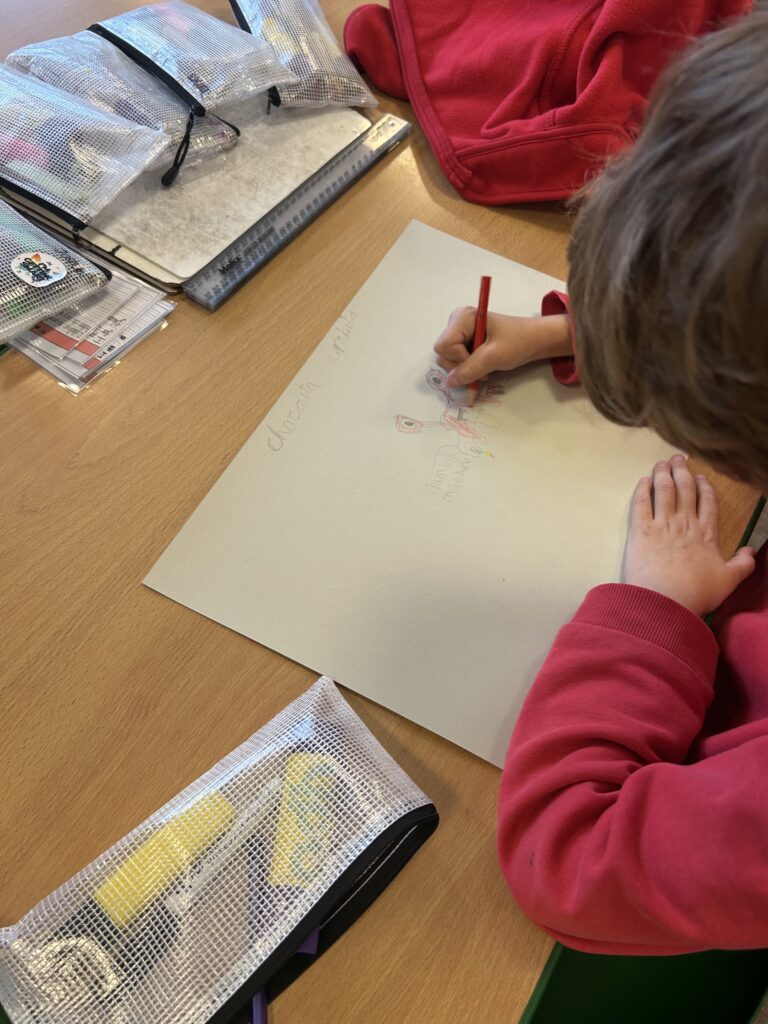
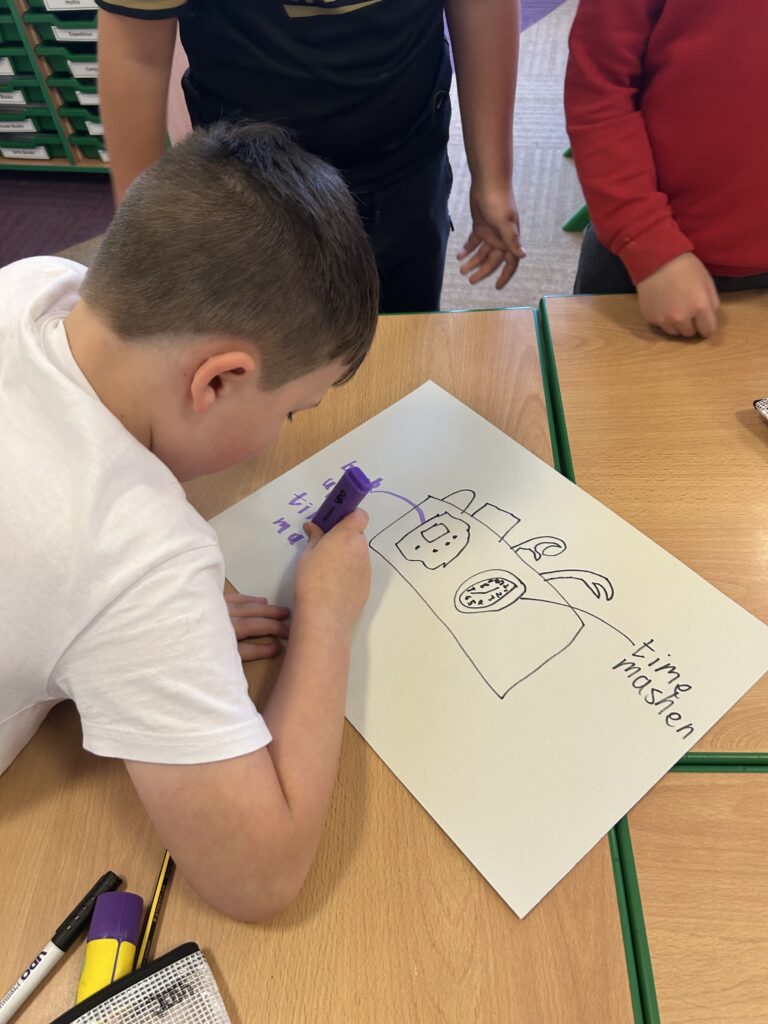
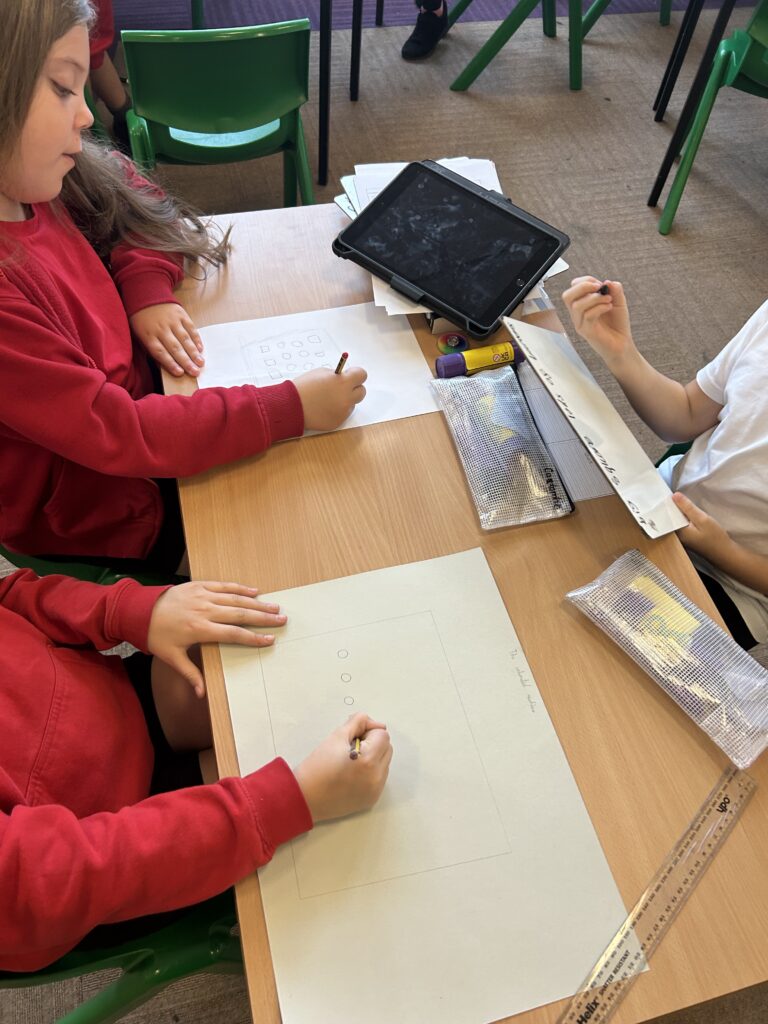
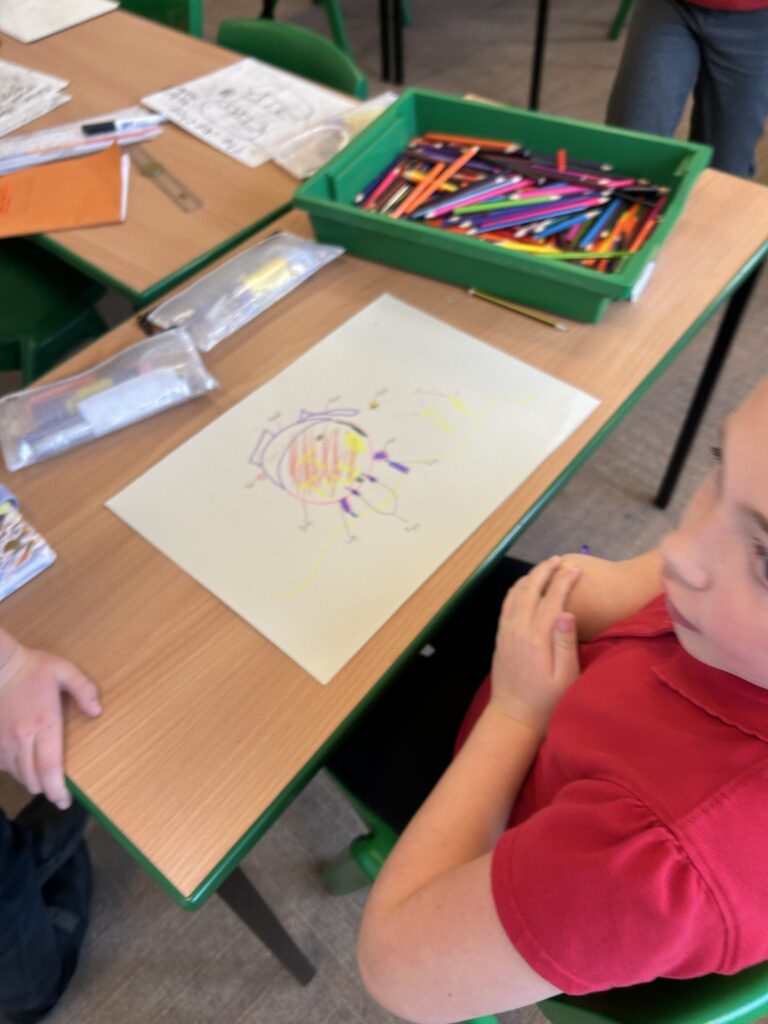
Once the inventions were designed, in true Dragon’s Den style, we presented our designs to the rest of the crew. With confidence and plenty of imagination, the children sold their ideas as if they were about to launch them in the real world. We were all blown away by the originality and enthusiasm of every team, making our decision a very tough one indeed.
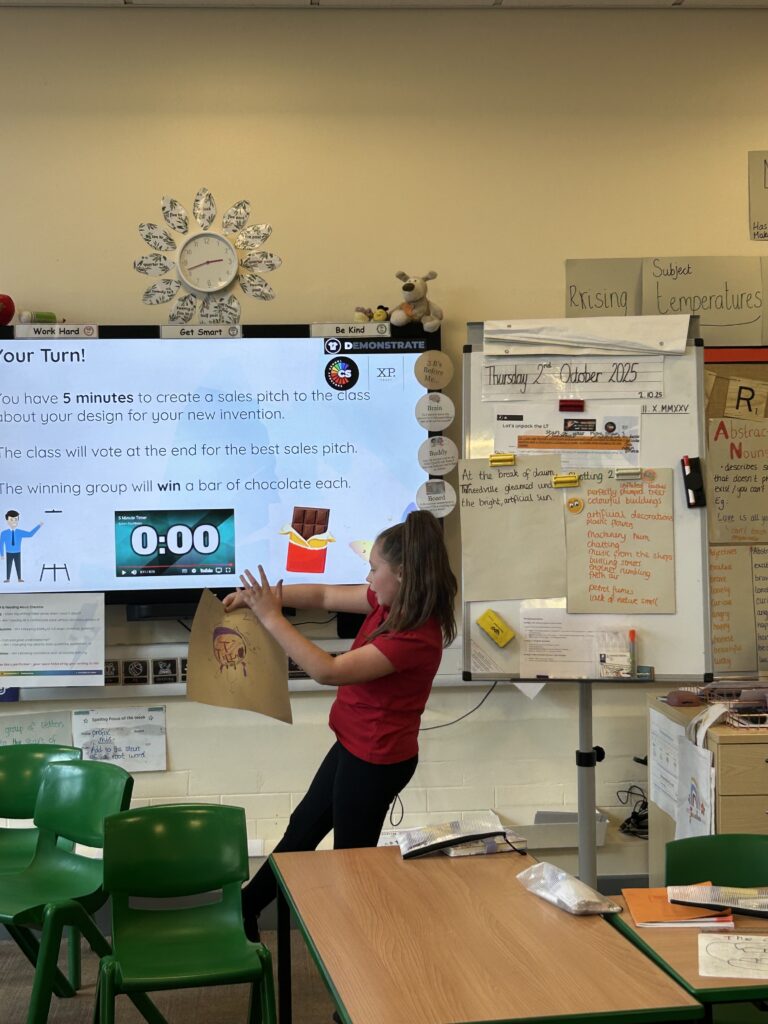
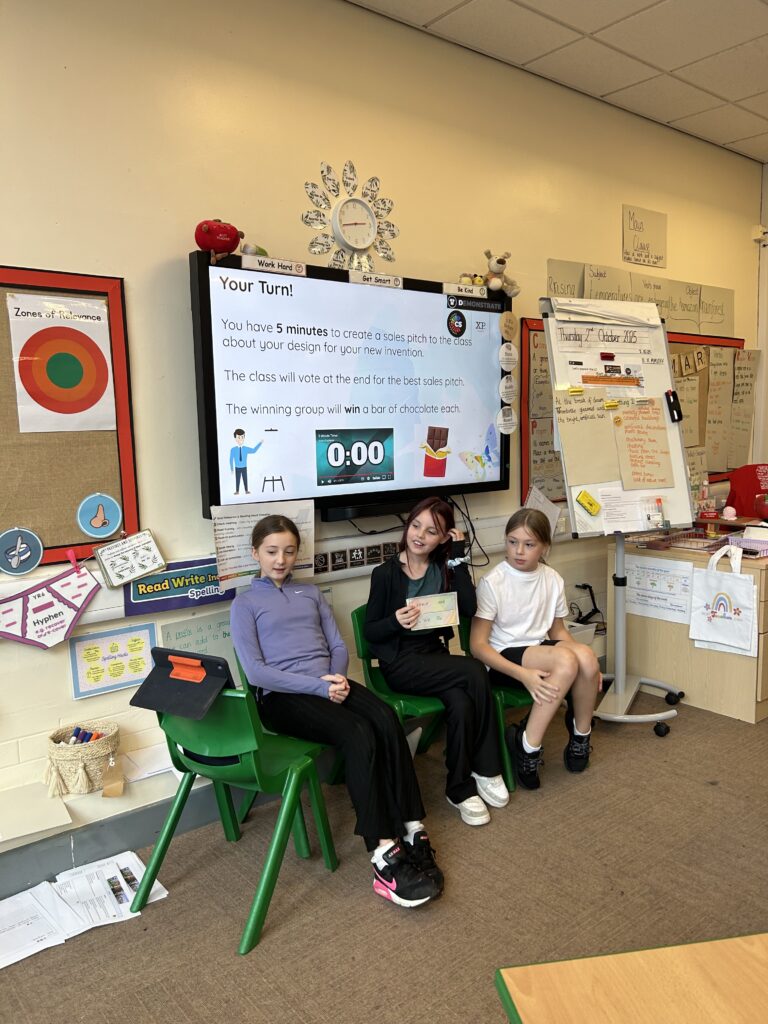
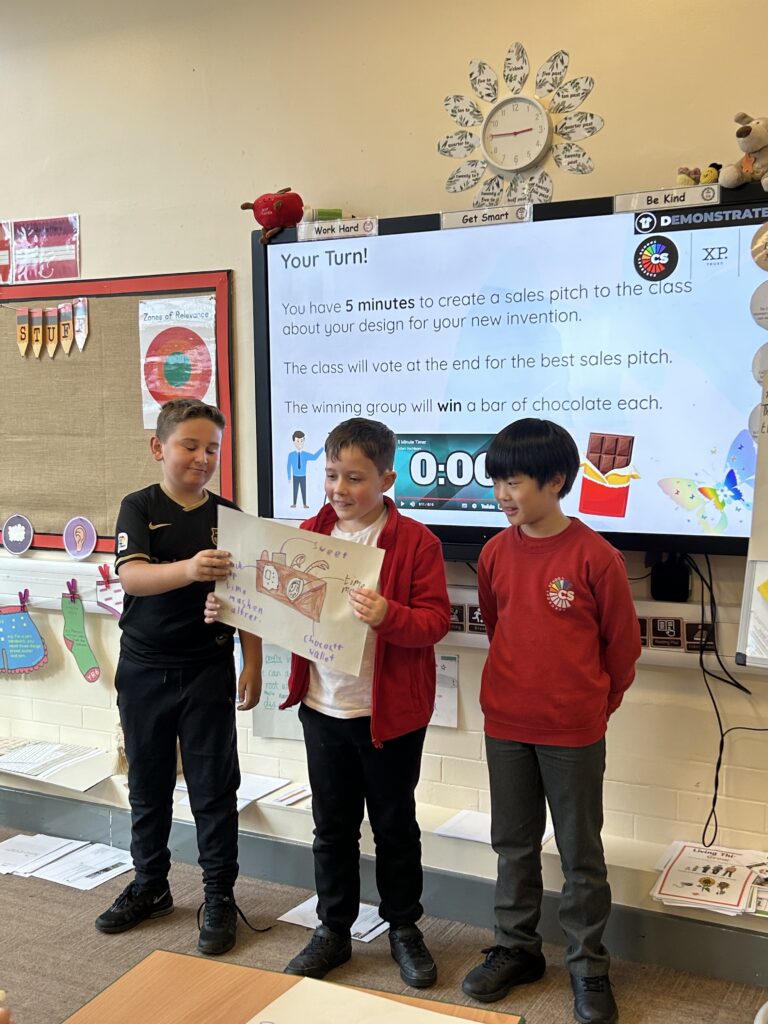
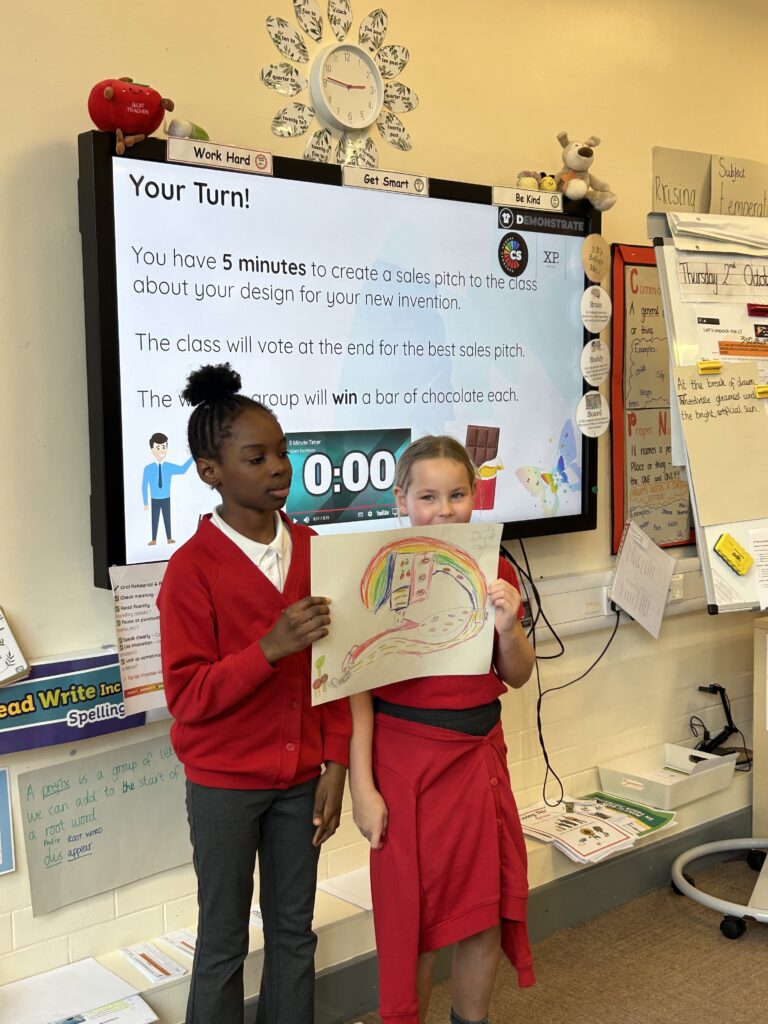
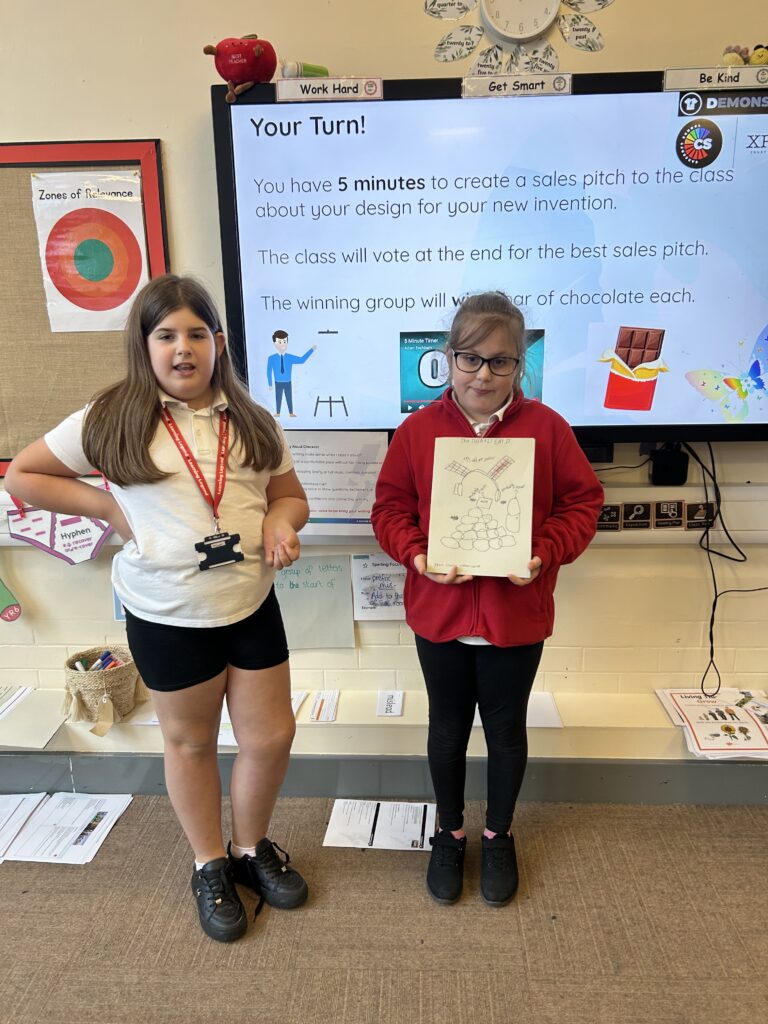
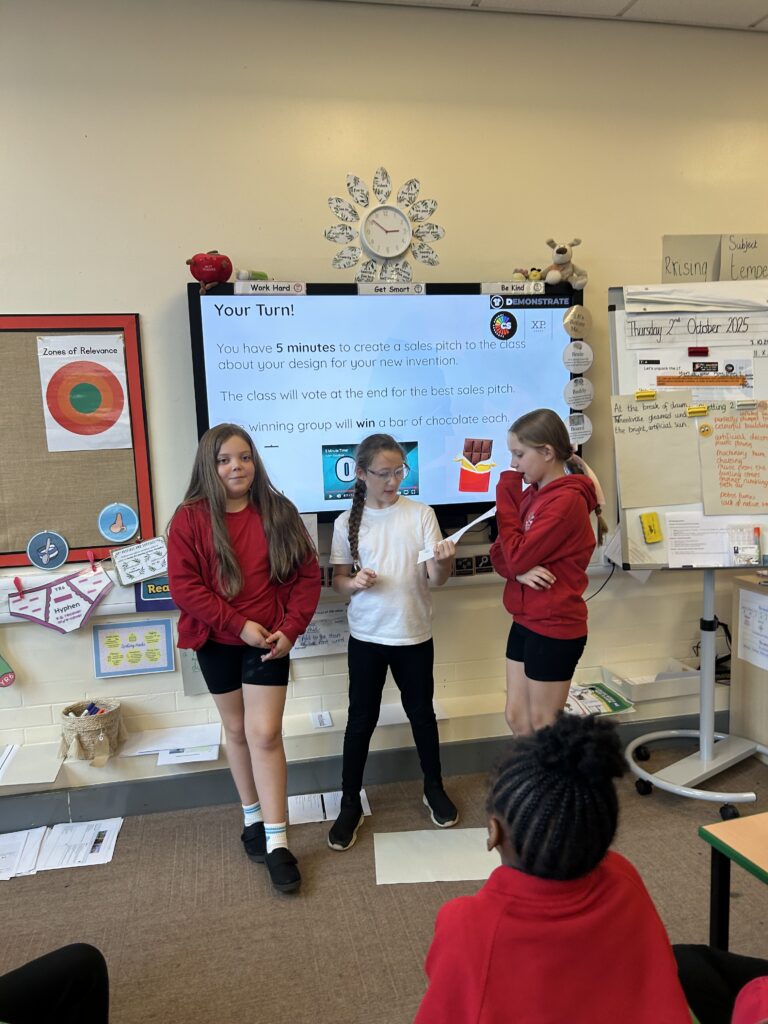
At the end, the crew voted for their favourite sales pitch. The winning teams walked away with the sweetest prize of all—chocolate, of course!
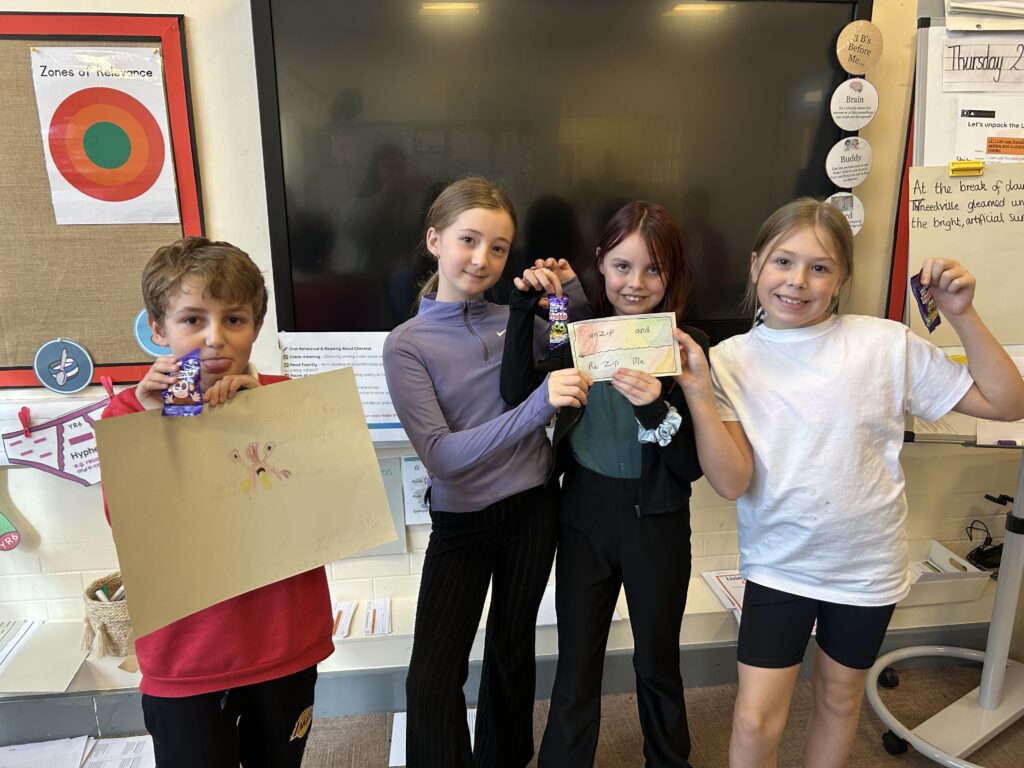
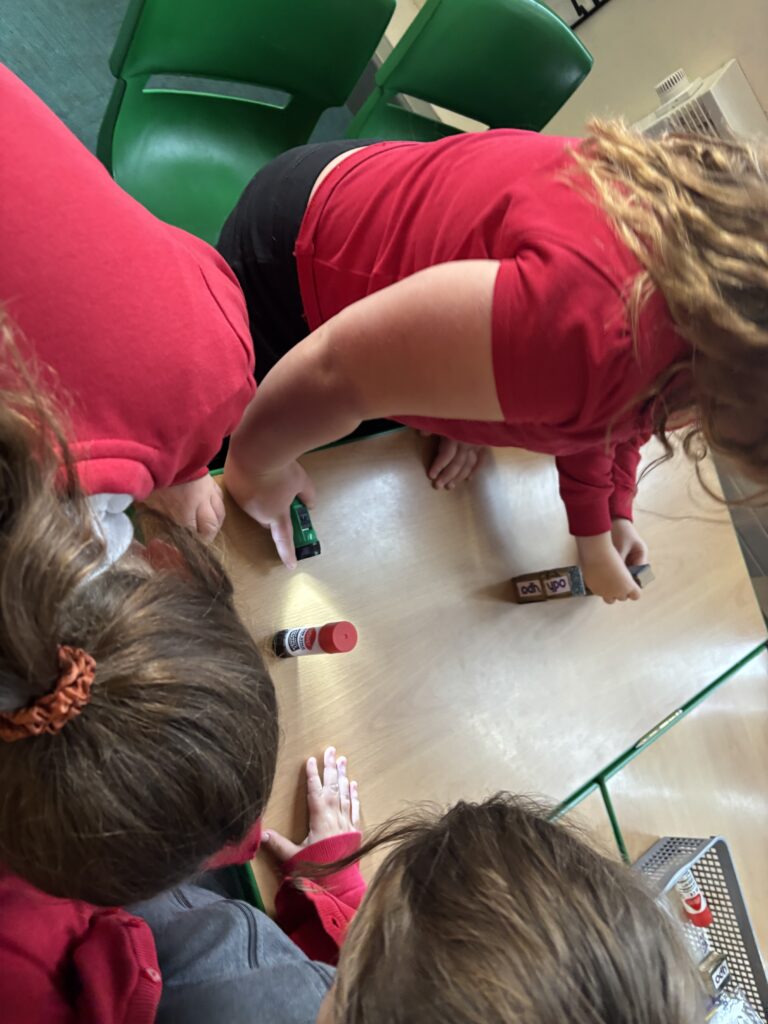
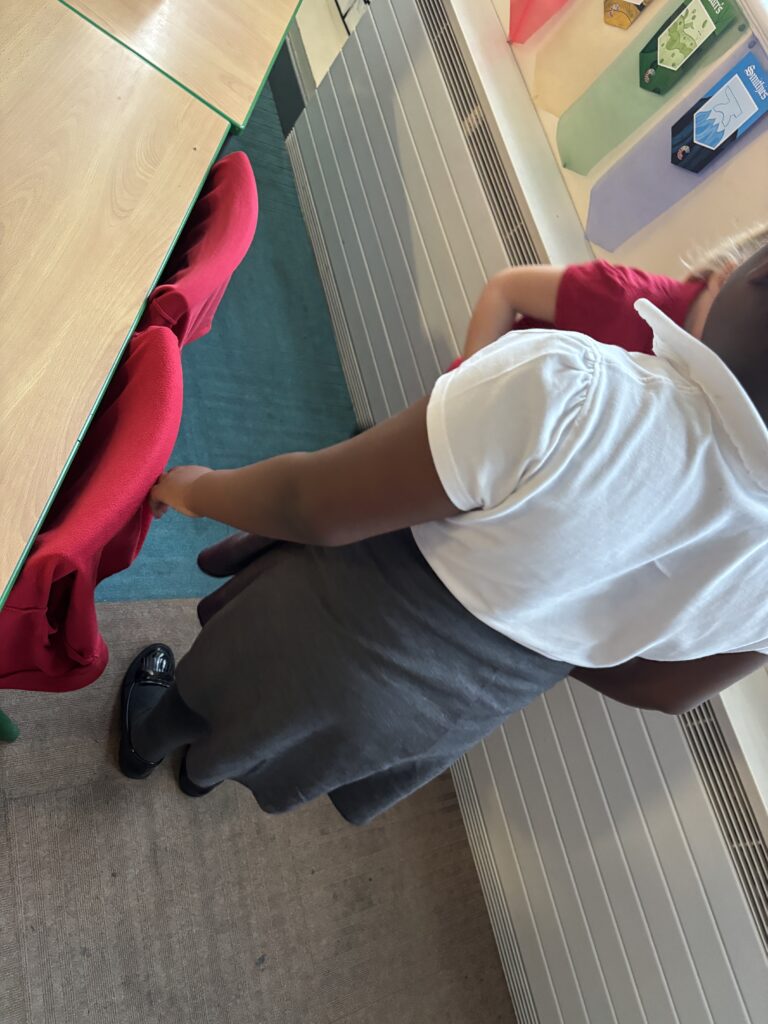
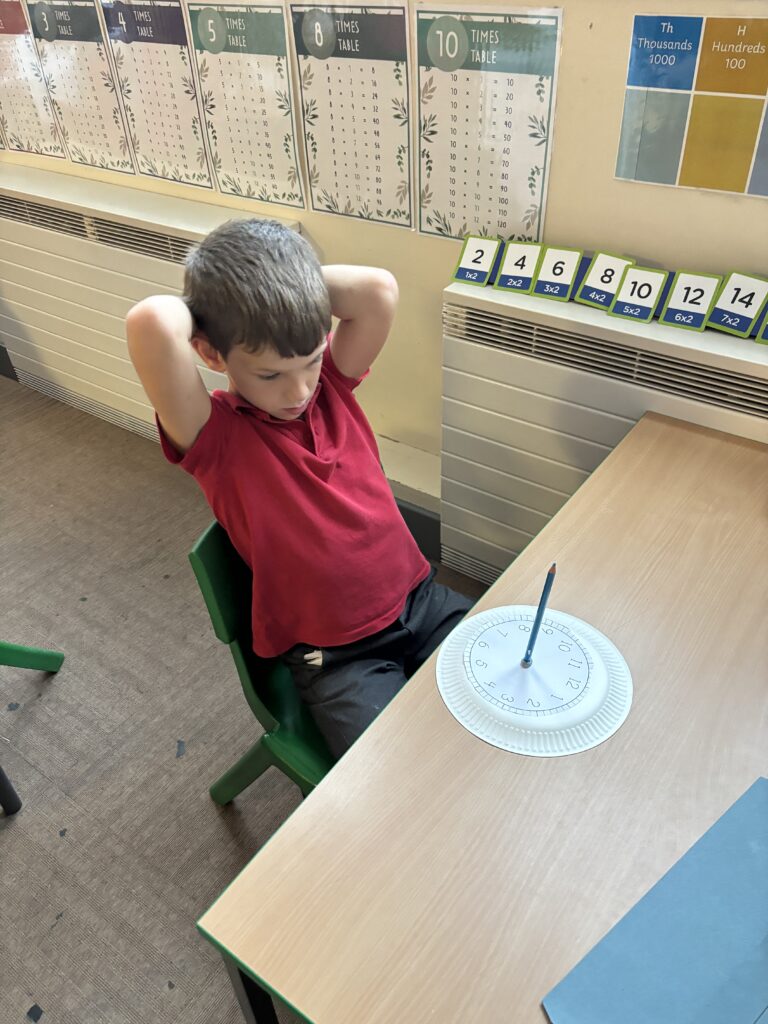
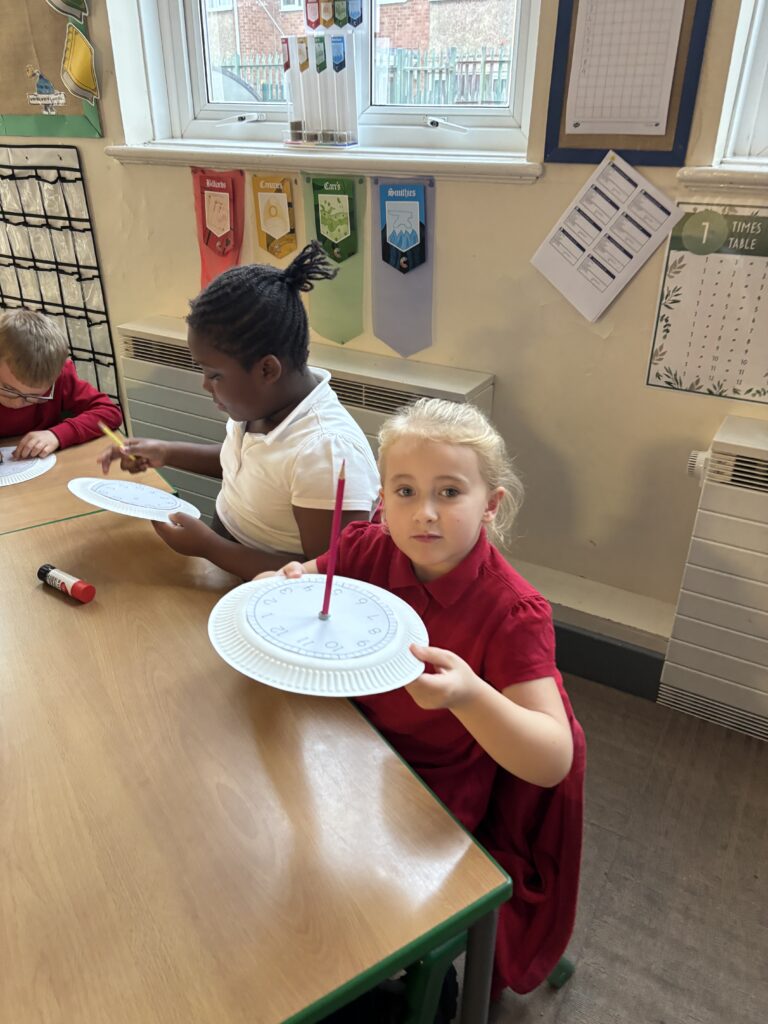
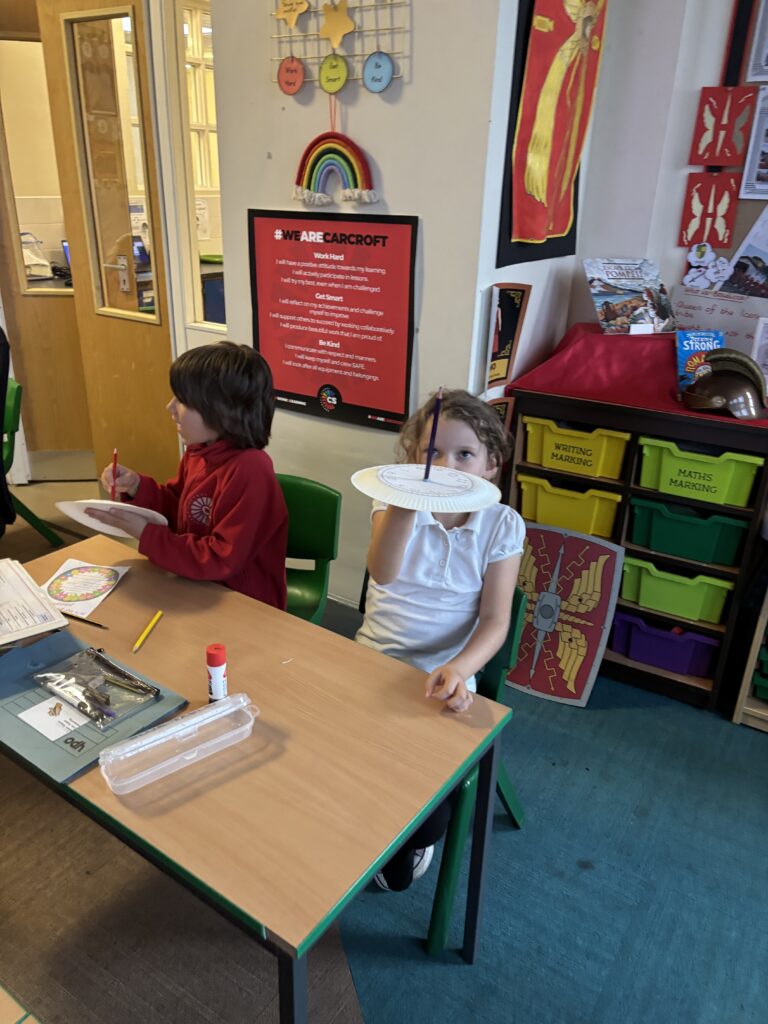
Today in case study two we began to explore shadows. We used torches to explore how shadows are formed and how the distance and position of the light source affects the length of the shadows.
Then we learnt how the Romans used shadows to tell the time using sundials. The sun made the gnomon cast a shadow and this told them what time of the day it was. Finally we had a go at making our own sundials. Unfortunately the sun wasn’t shining so we had to test them out inside using the torches.
Crew Rankin were great scientists today! They began by exploring some real life plants, having a look at each of them in turn and identifying notices about them. We then came together as a crew and shared what we noticed – different shaped leaves, different colours, the different way they grow etc. We then looked at classification keys and how we can use these to identify types of plants. As a crew, we worked on organising the plants we had just looked at with a classification key. Finally, we used what we had learned about the plants characteristics to create a crew classification chart.
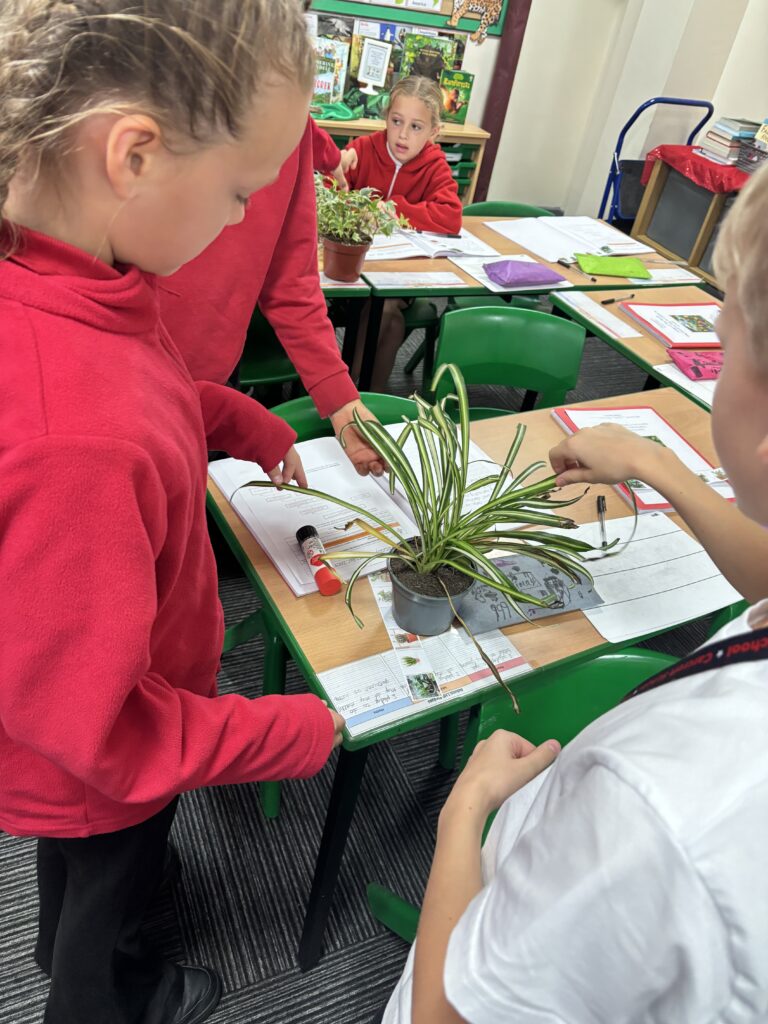
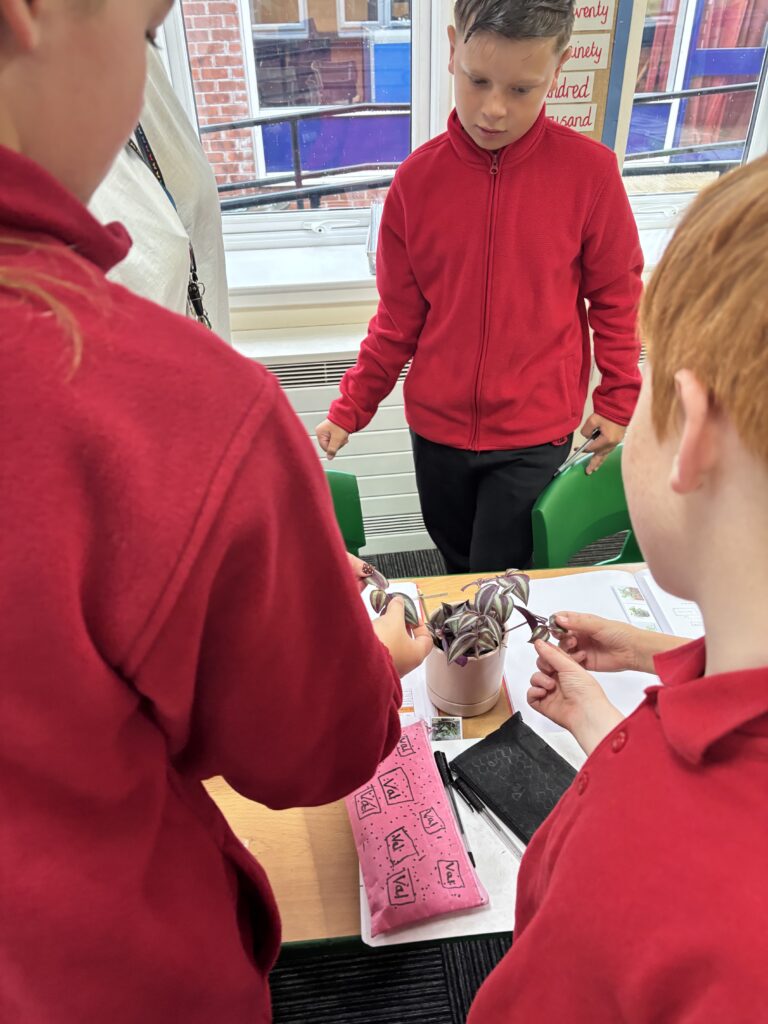
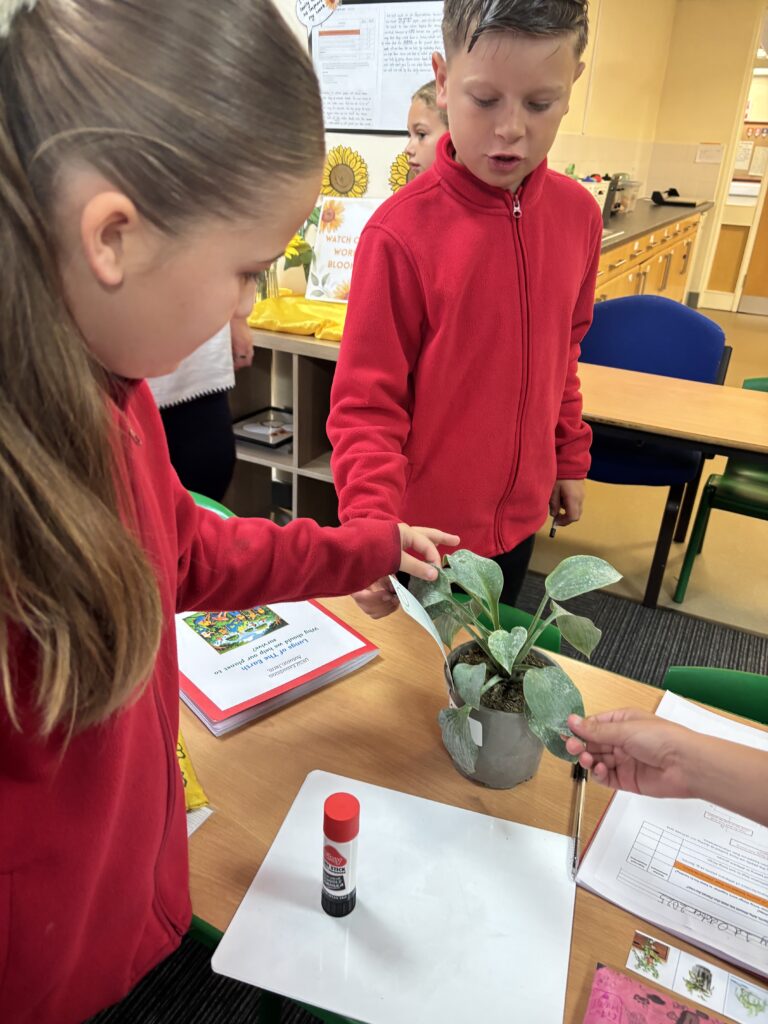
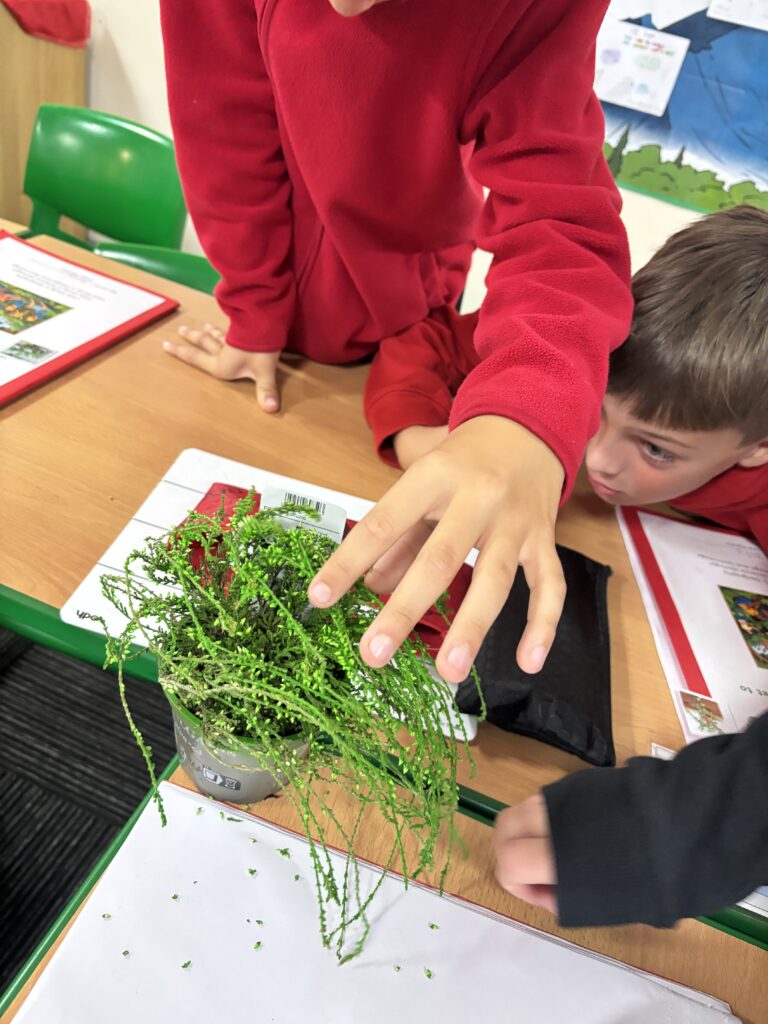
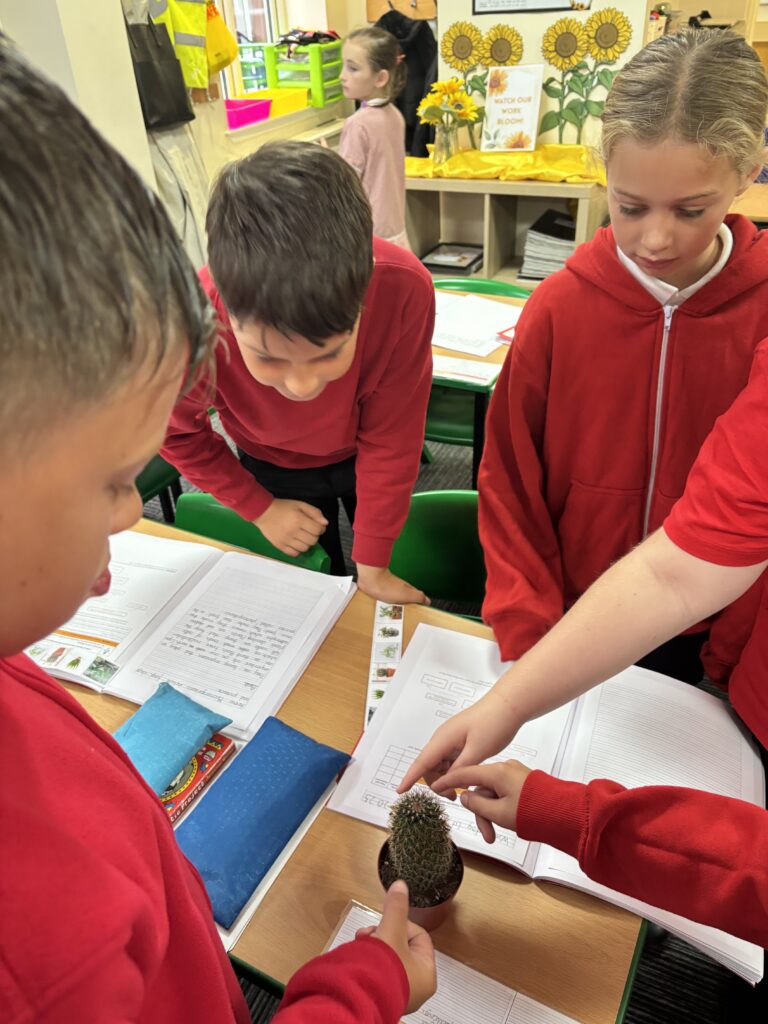
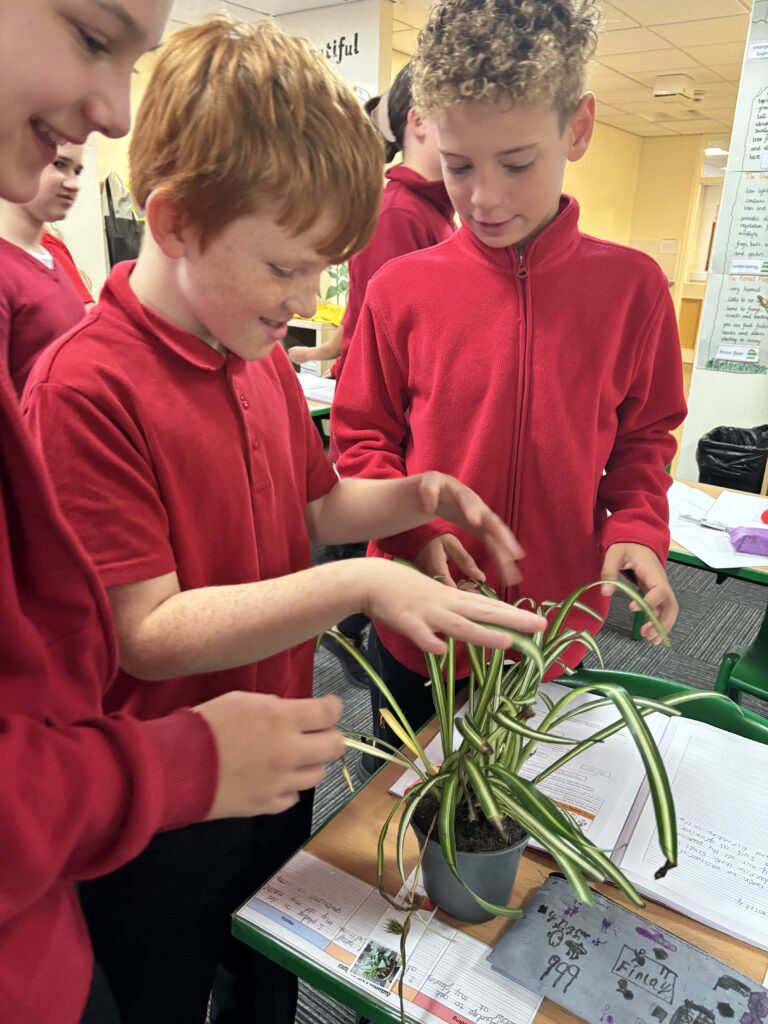
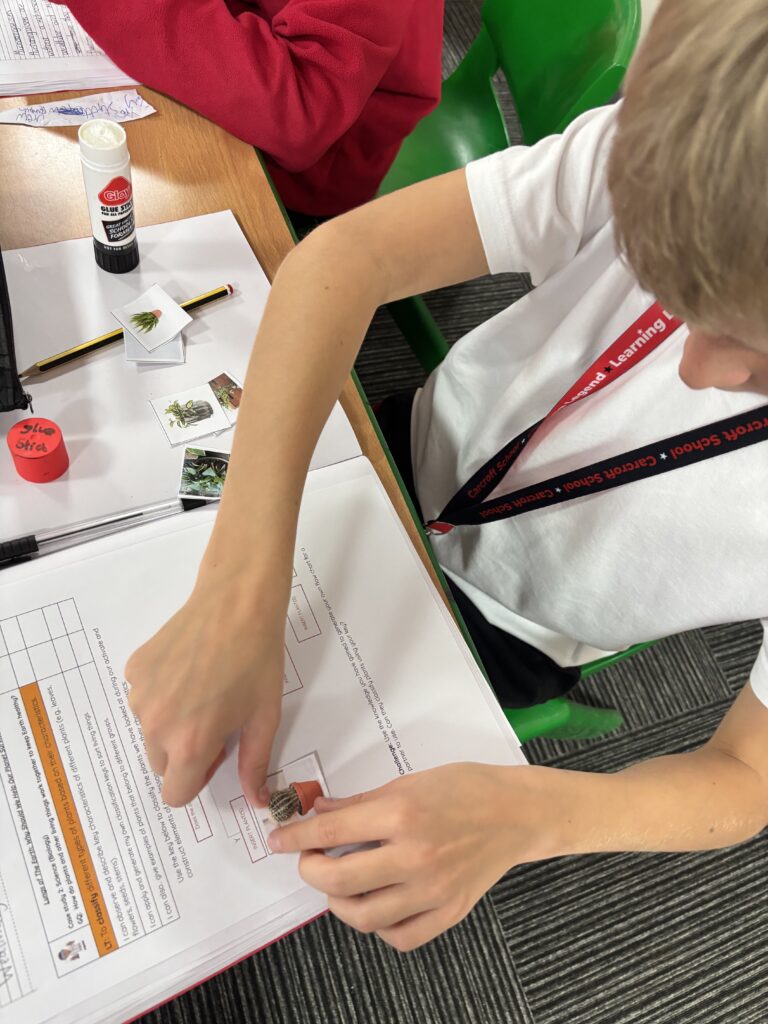
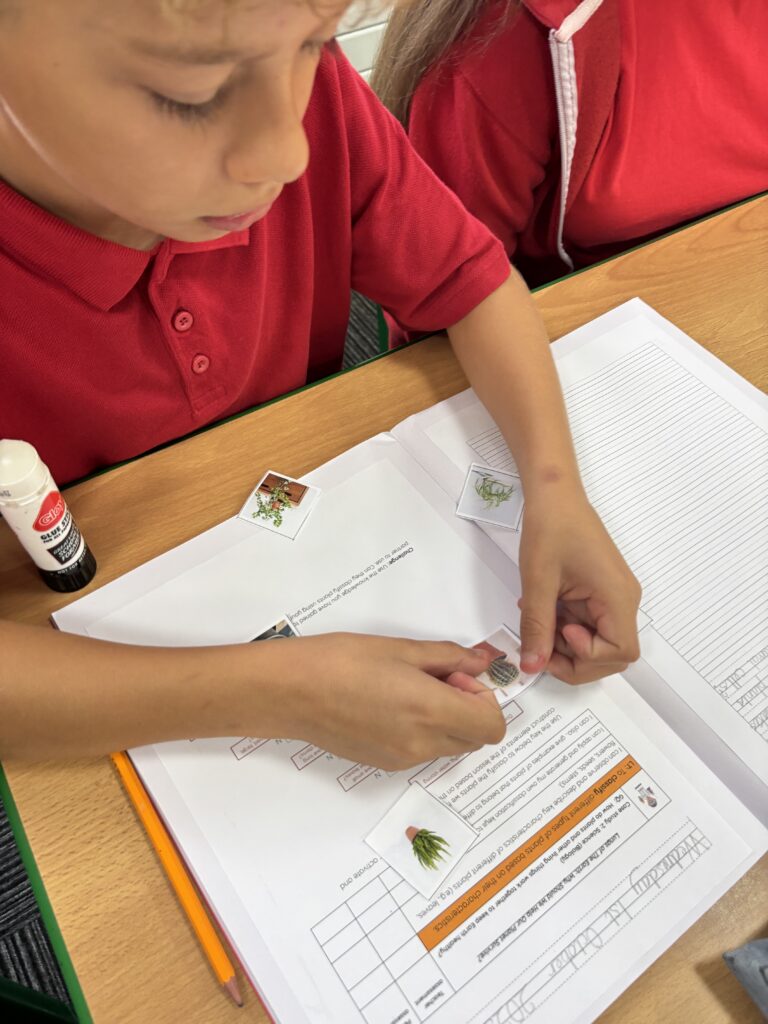
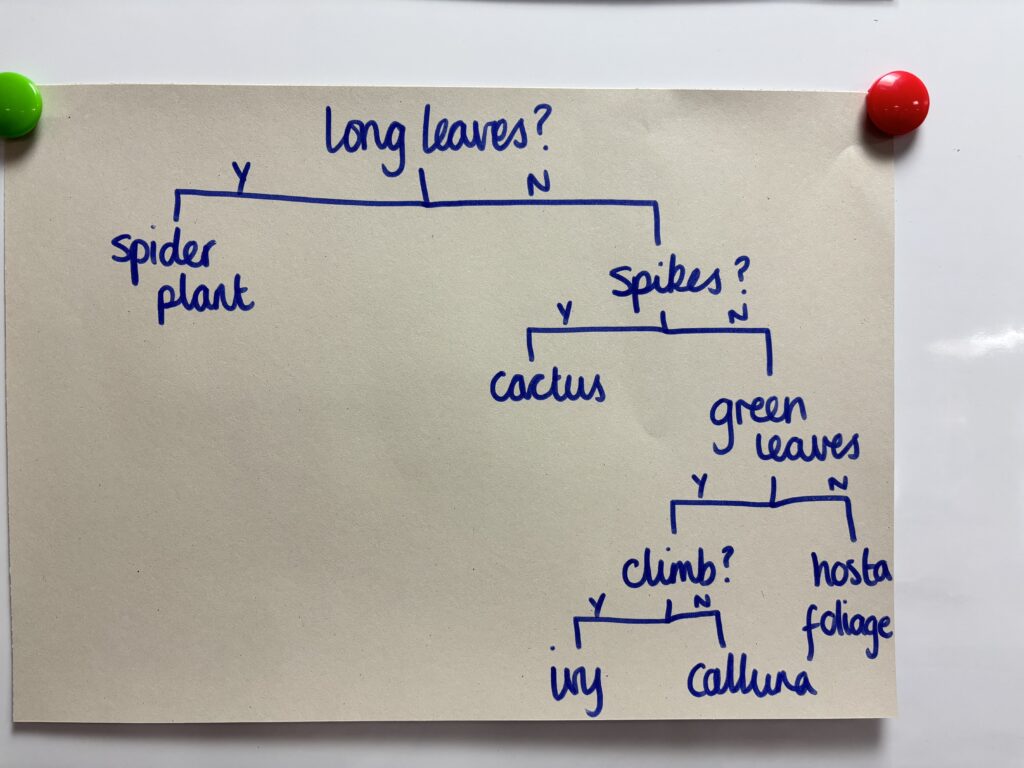
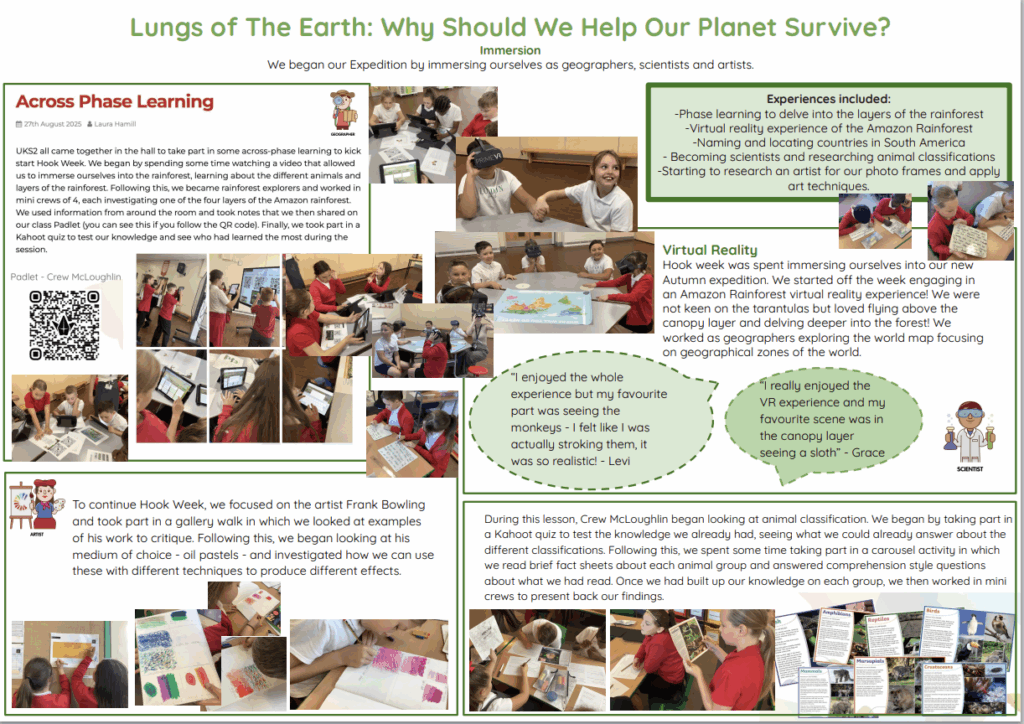
During this lesson, Crew Rankin began looking at animal classification. We began by taking part in a Kahoot quiz to test the knowledge we already had, seeing what we could already answer about the different classifications. Following this, we spent some time taking part in a carousel activity in which we read brief fact sheets about each animal group and answered comprehension style questions about what we had read. Once we had built up our knowledge on each group, we then worked in mini crews to create a class set of google slides that detailed as much information about our given classification as we could. You can see our work following the QR code.
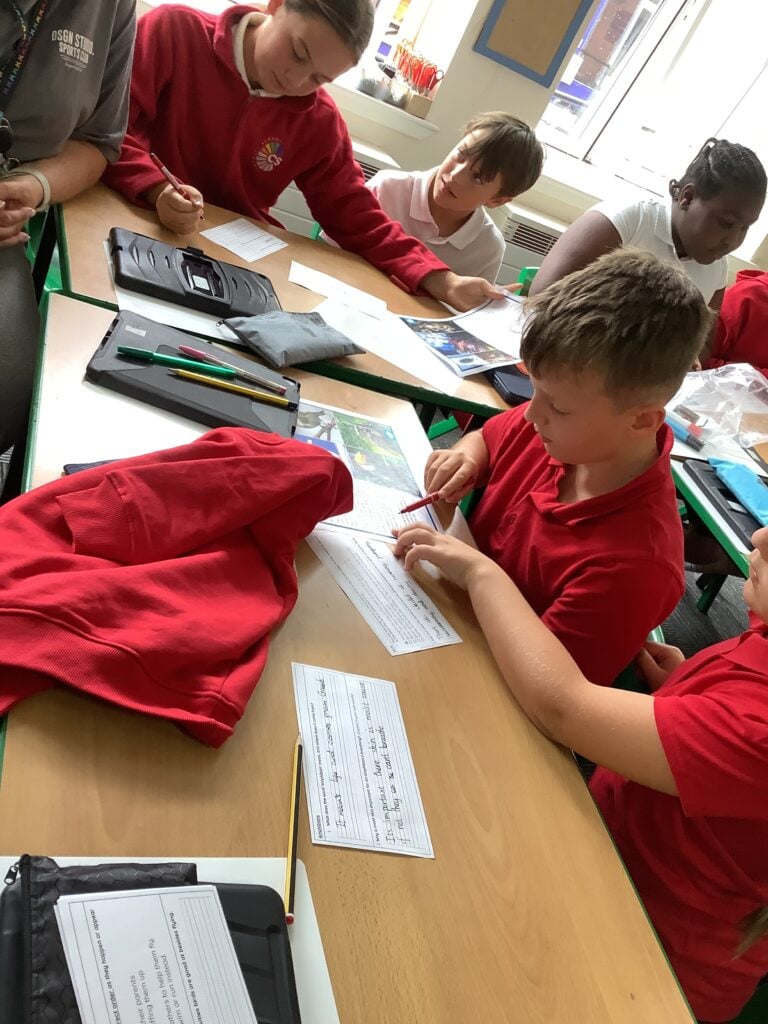
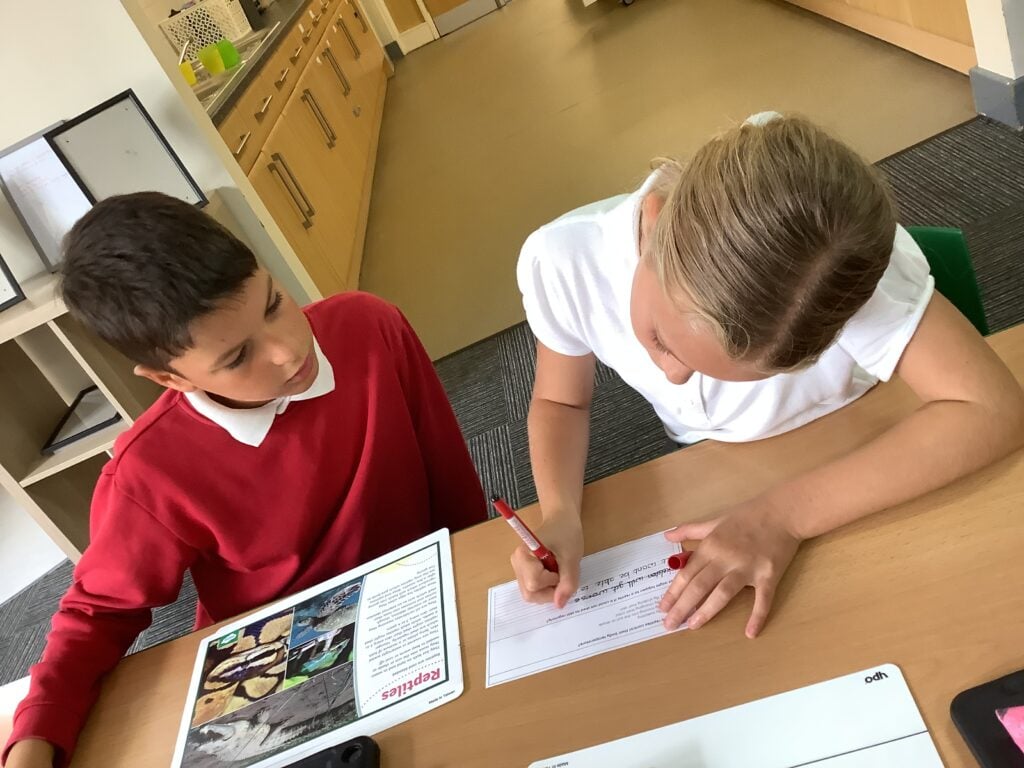
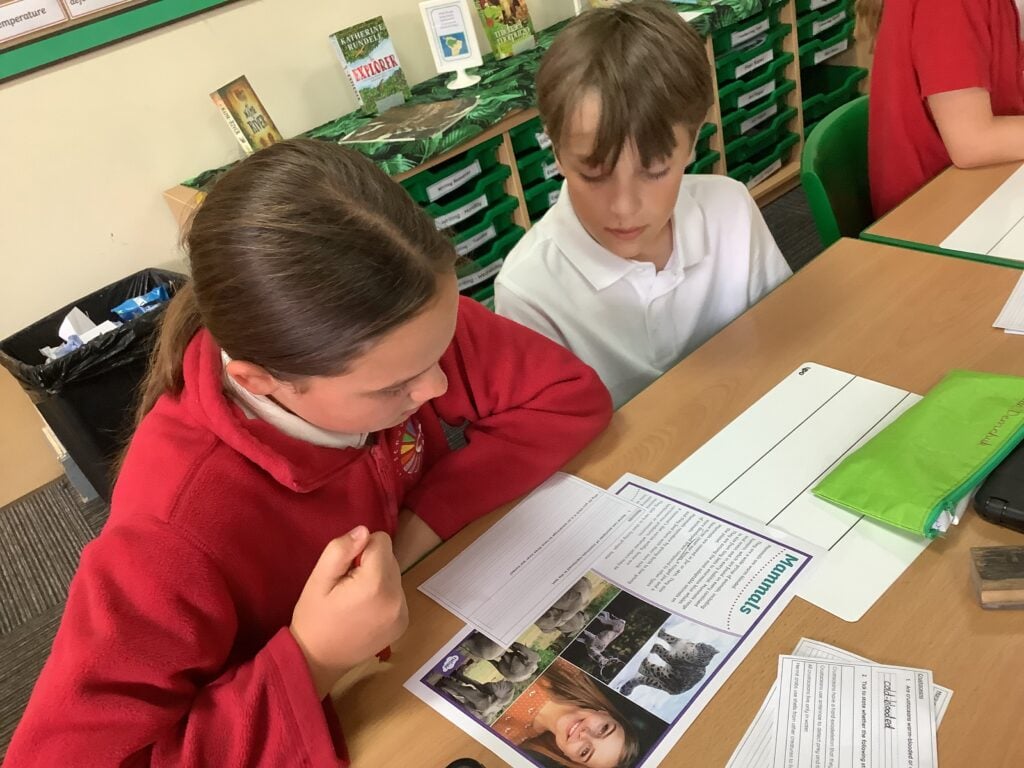
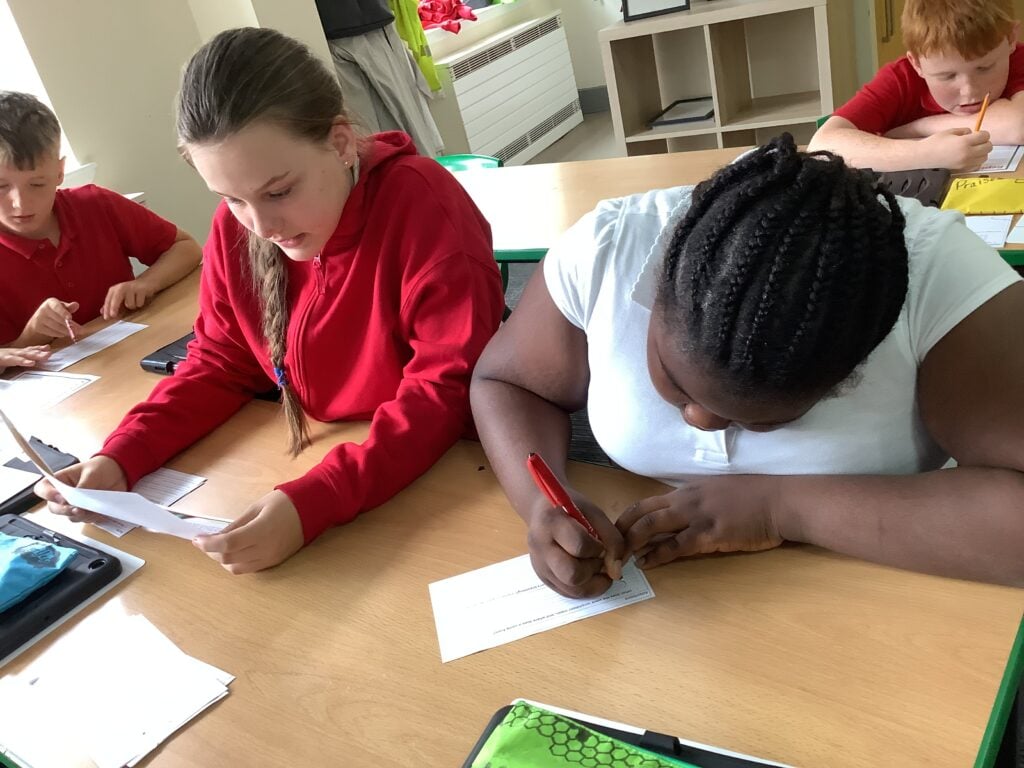
We LOVED our visit from Dr Caragh Whitehead (aka ‘Erik’s Mum’) today! It was so interesting to learn all about the different types of science and learning that it is not always about big experiments but sometimes simply being interested in the world. We also learned that plants are used to make so many every day items that we may not have previously realised! Did you know plants help to make citronella candles and they’re even used in medicines?! It was great to get hands on and be able to explore the plants more for ourselves, using microscopes and our sense of smell to look at plants in more detail.
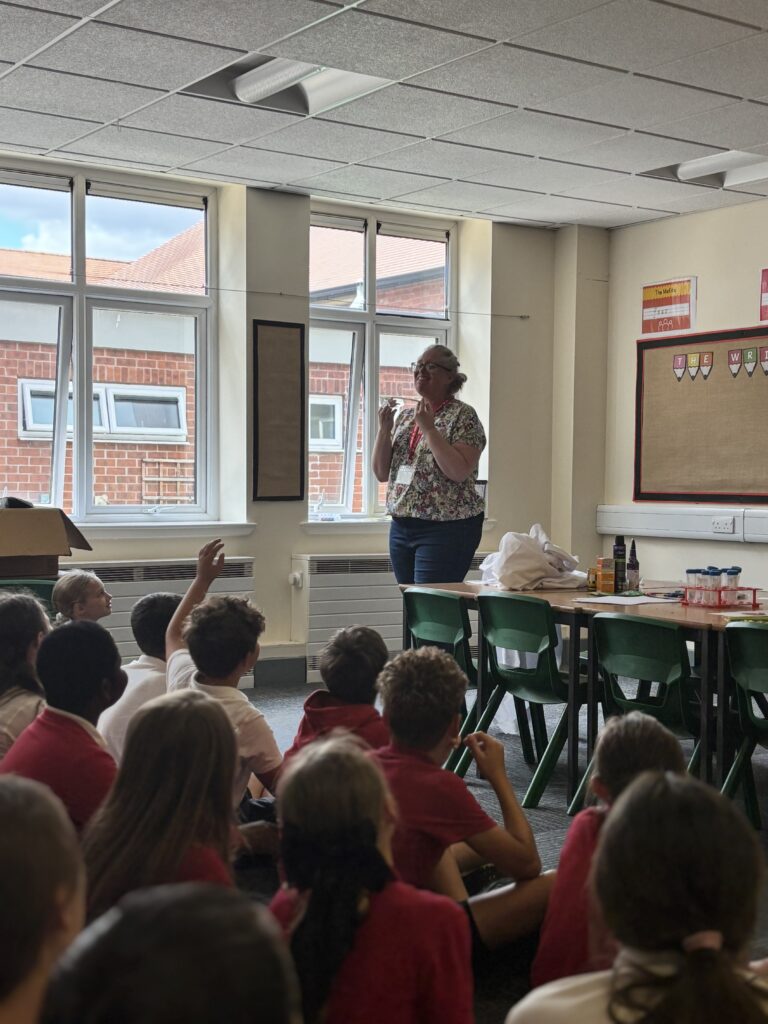
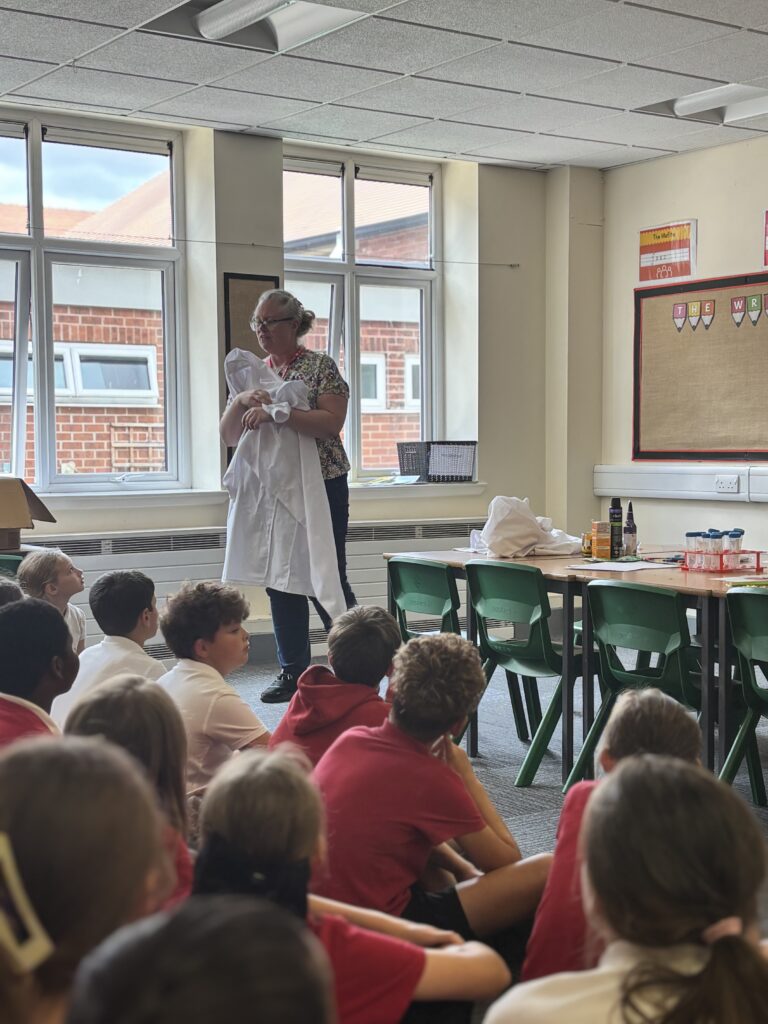
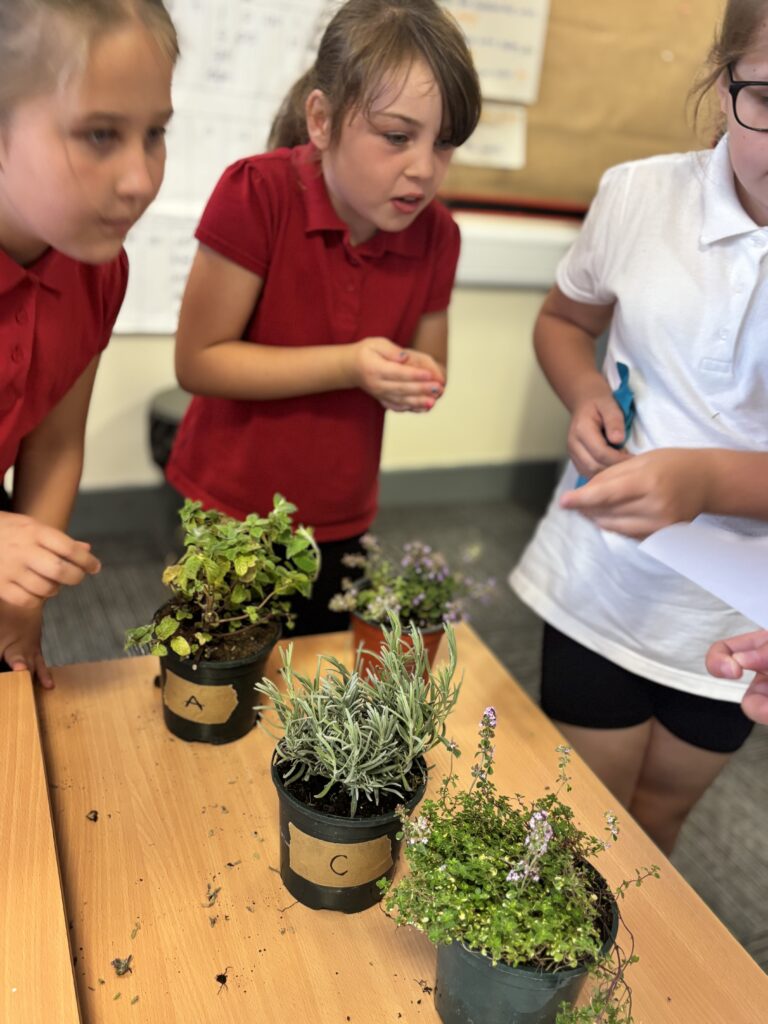
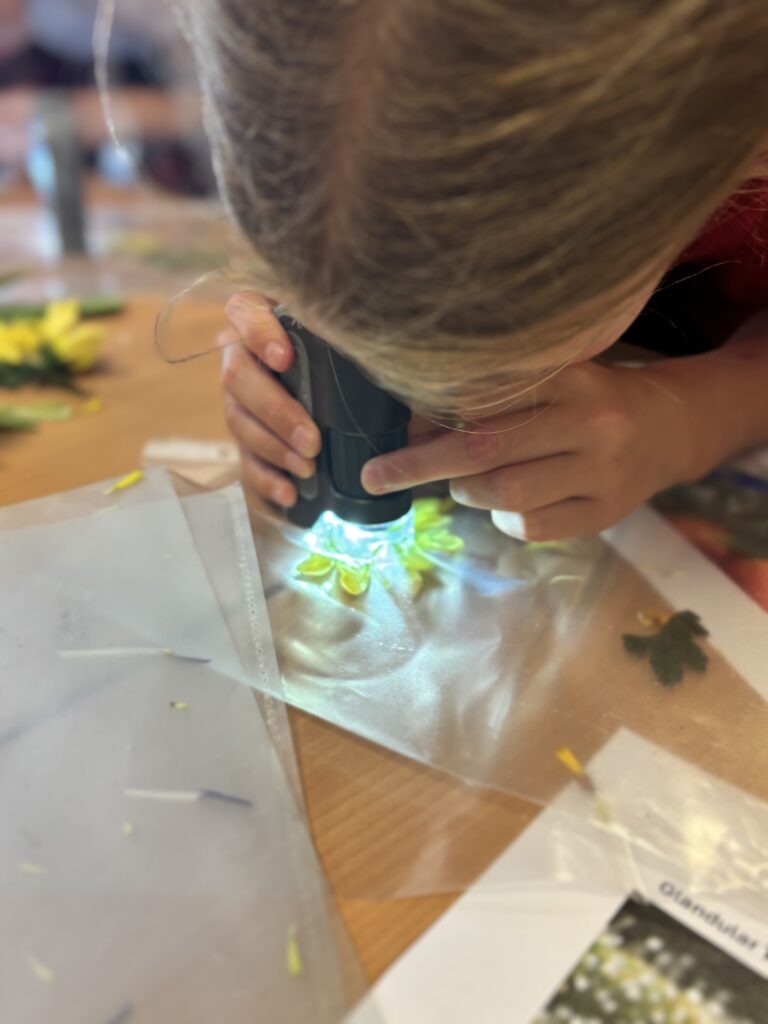
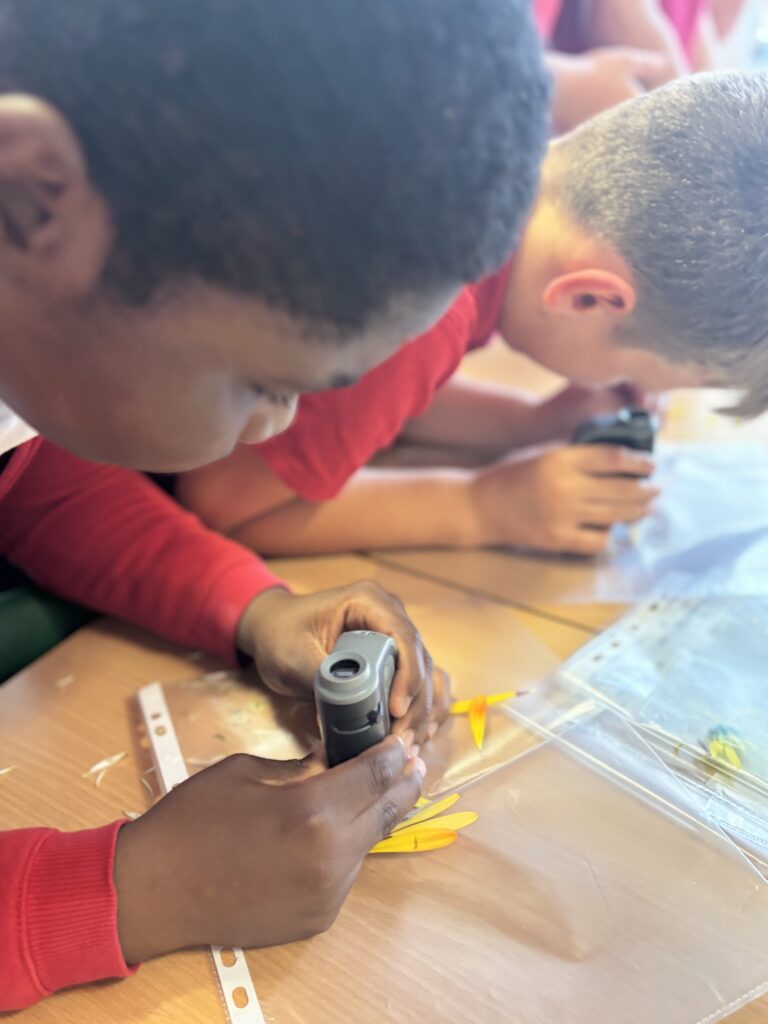
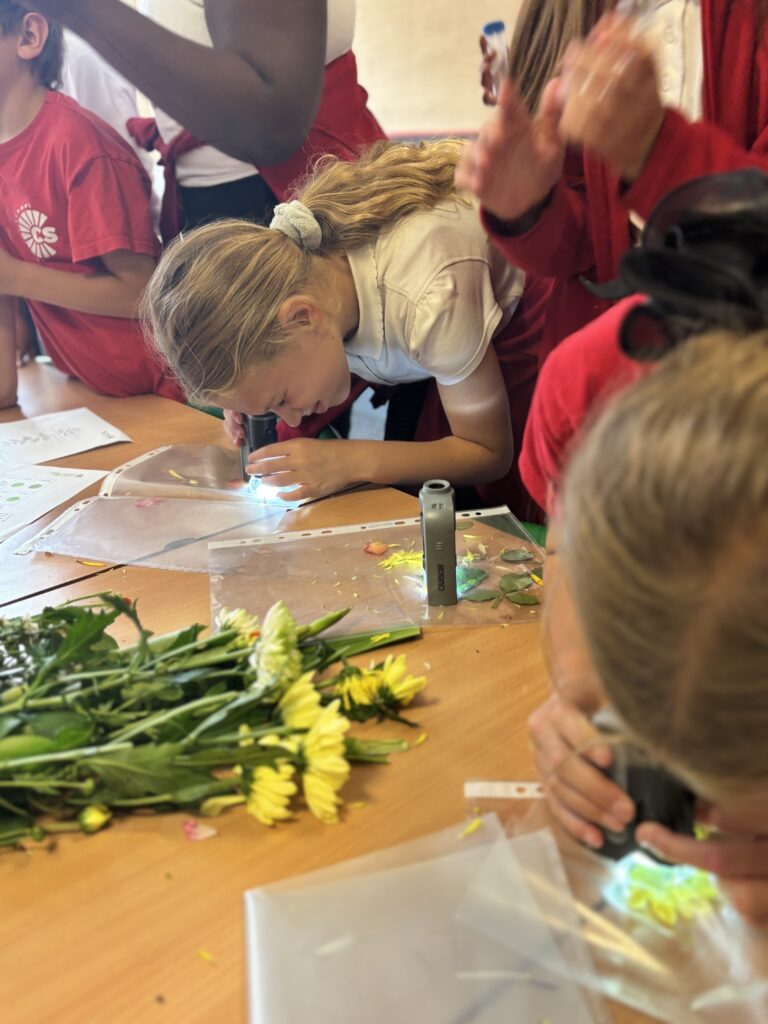
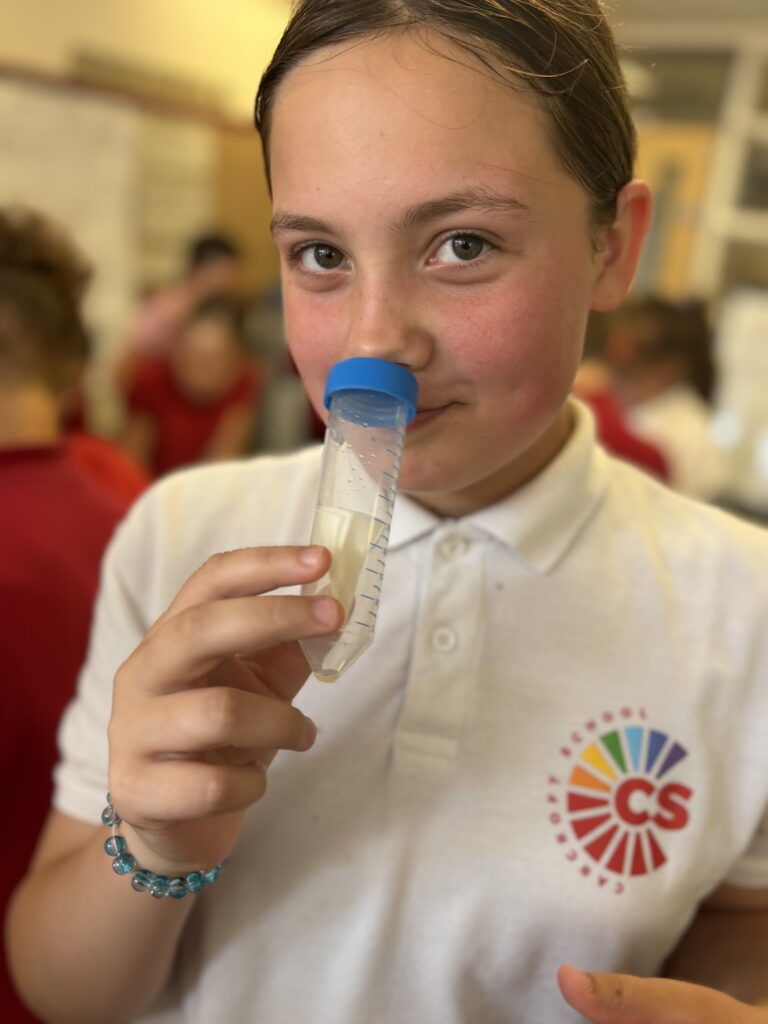
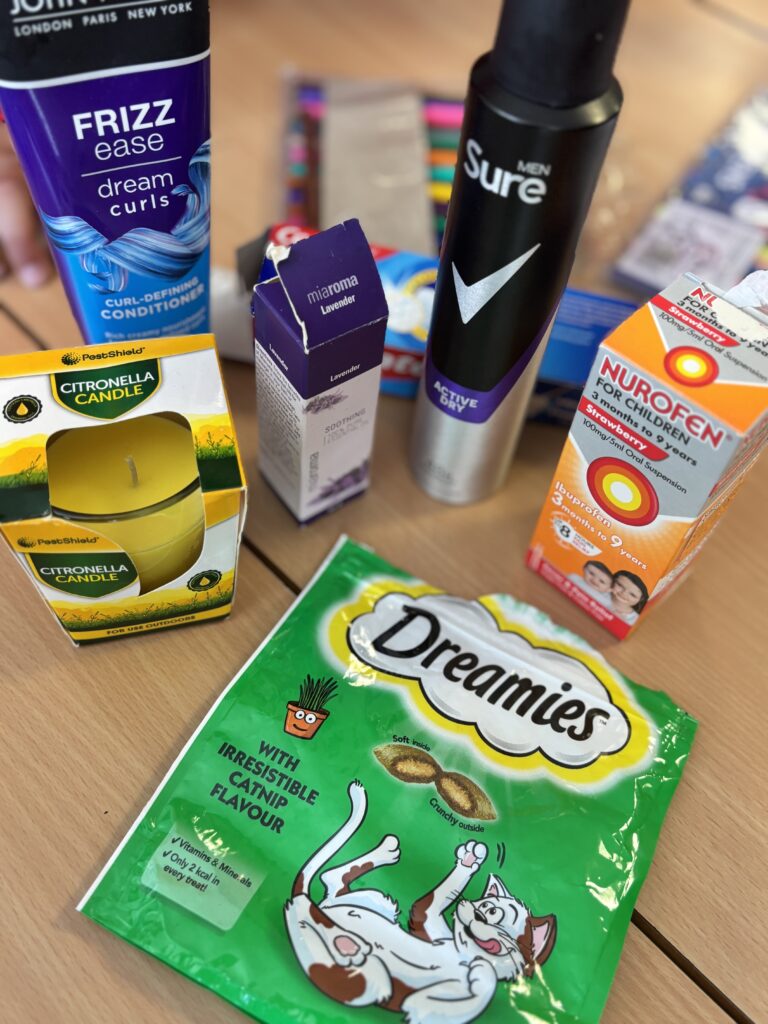
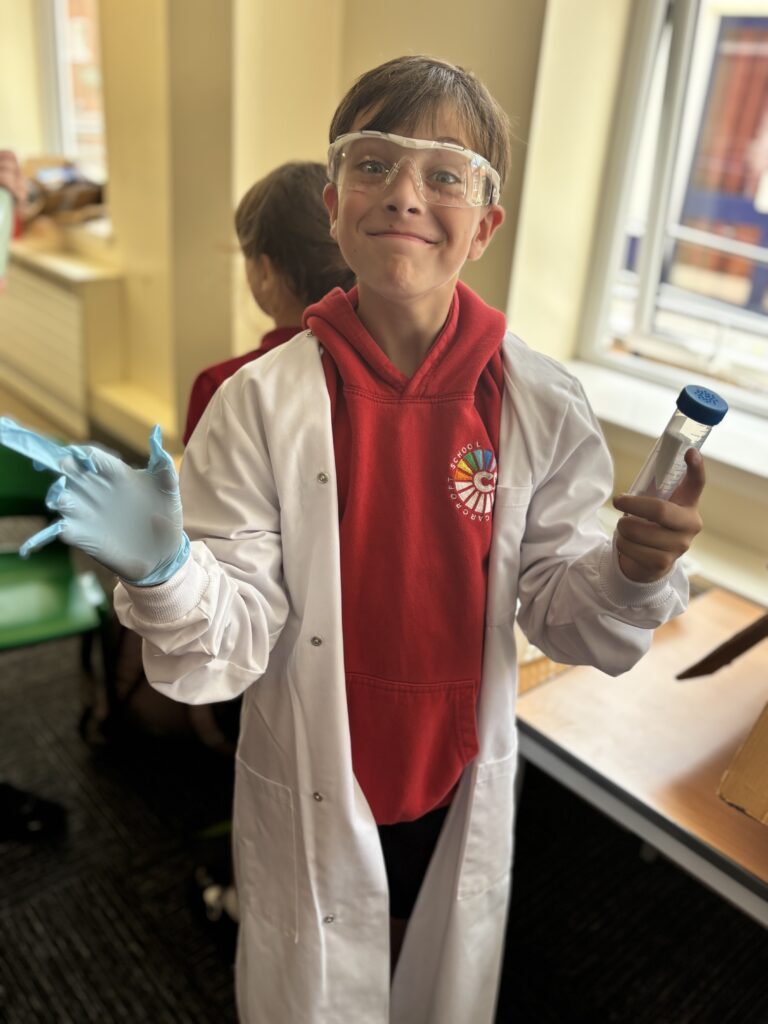
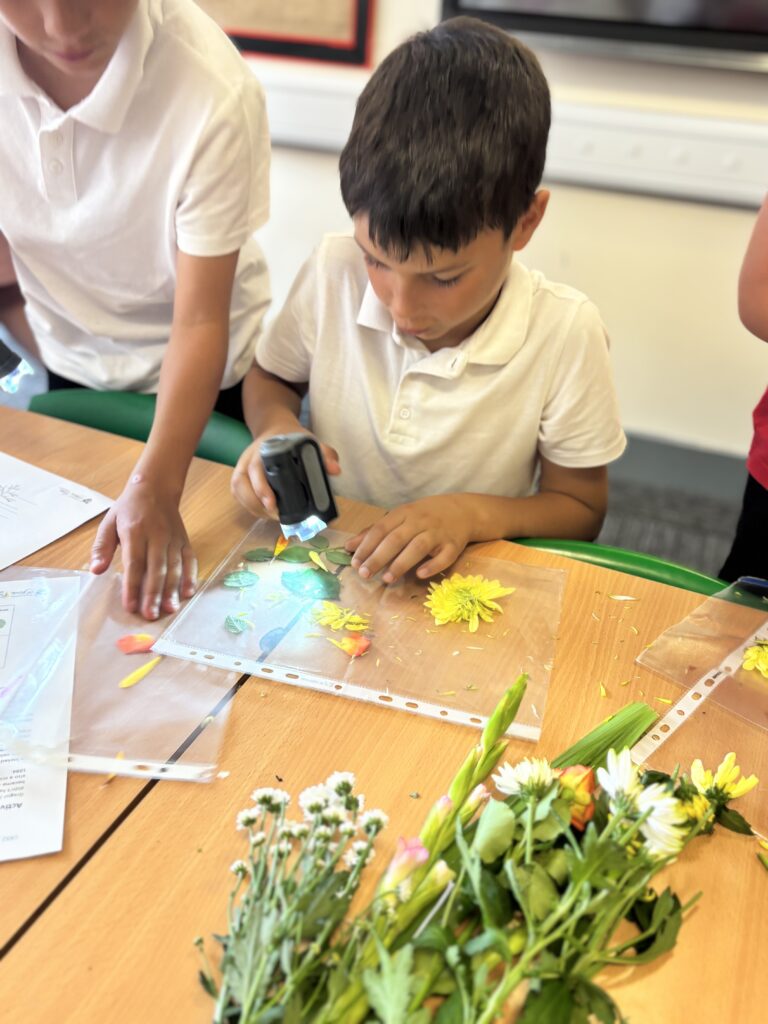
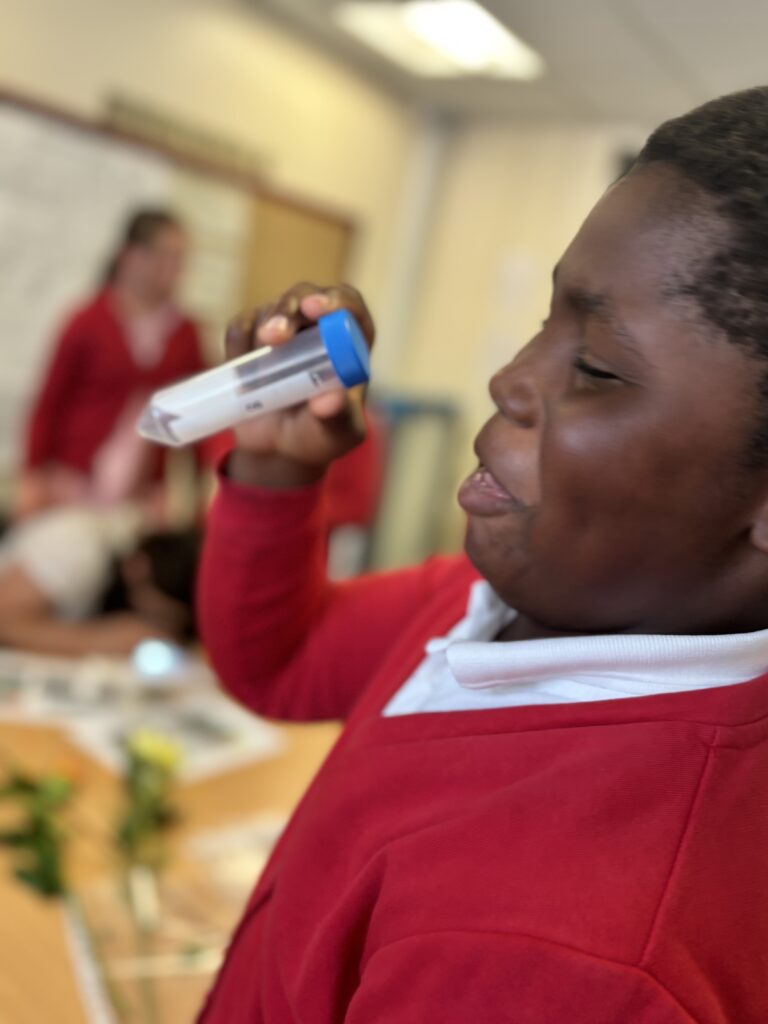
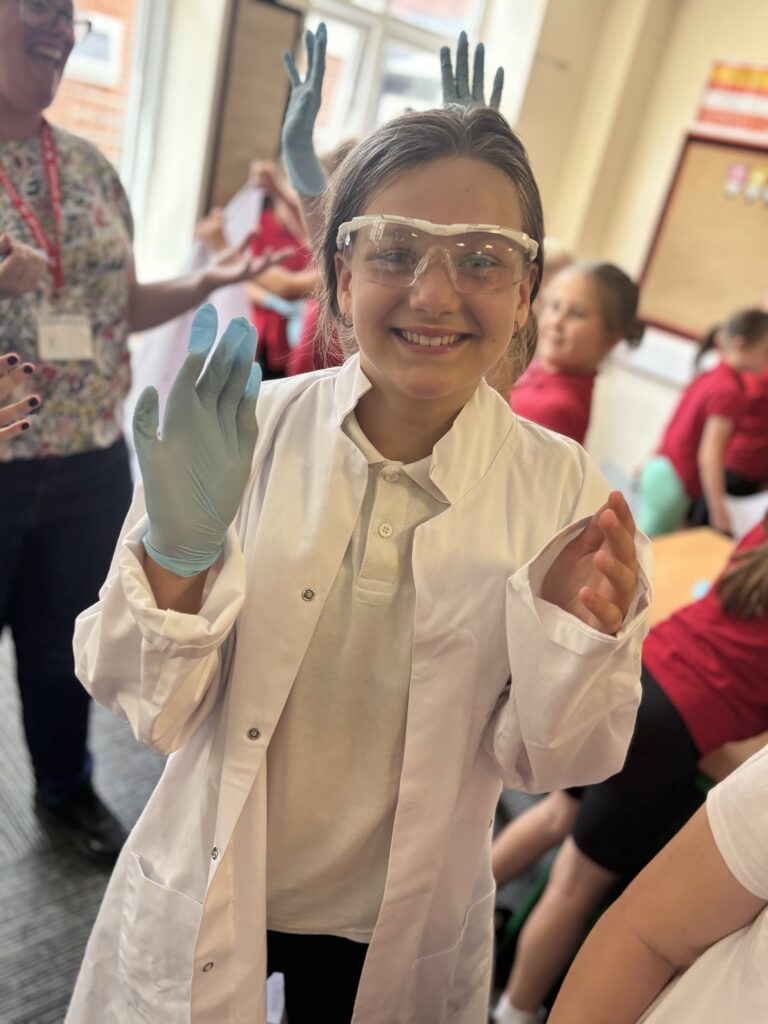
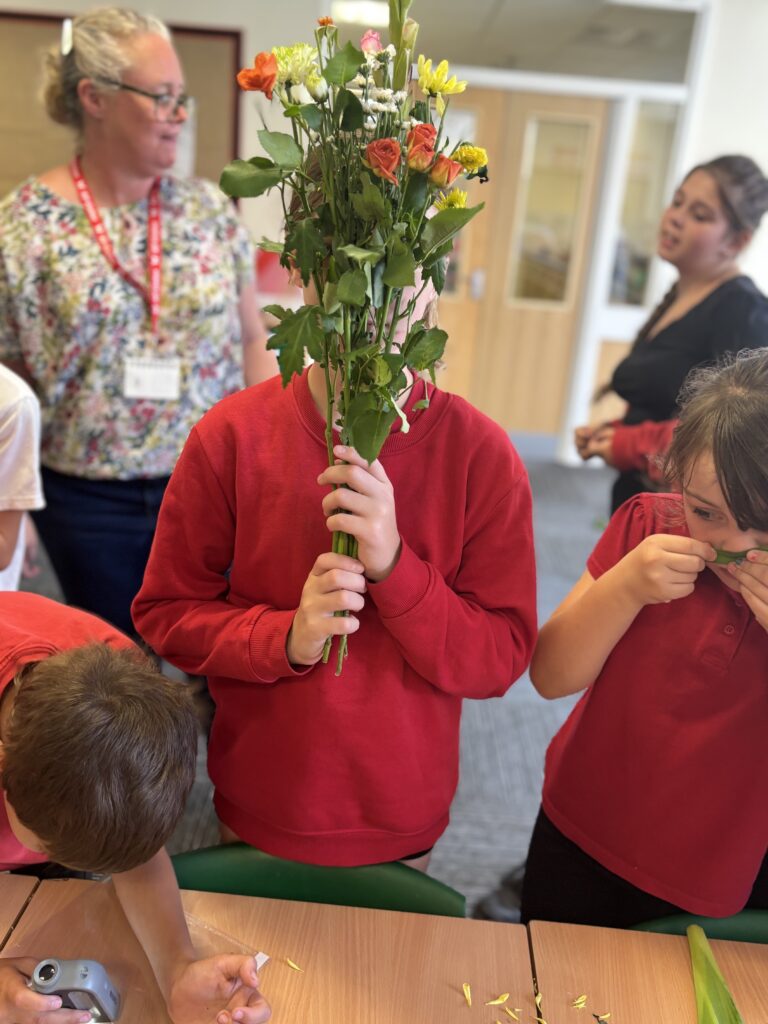
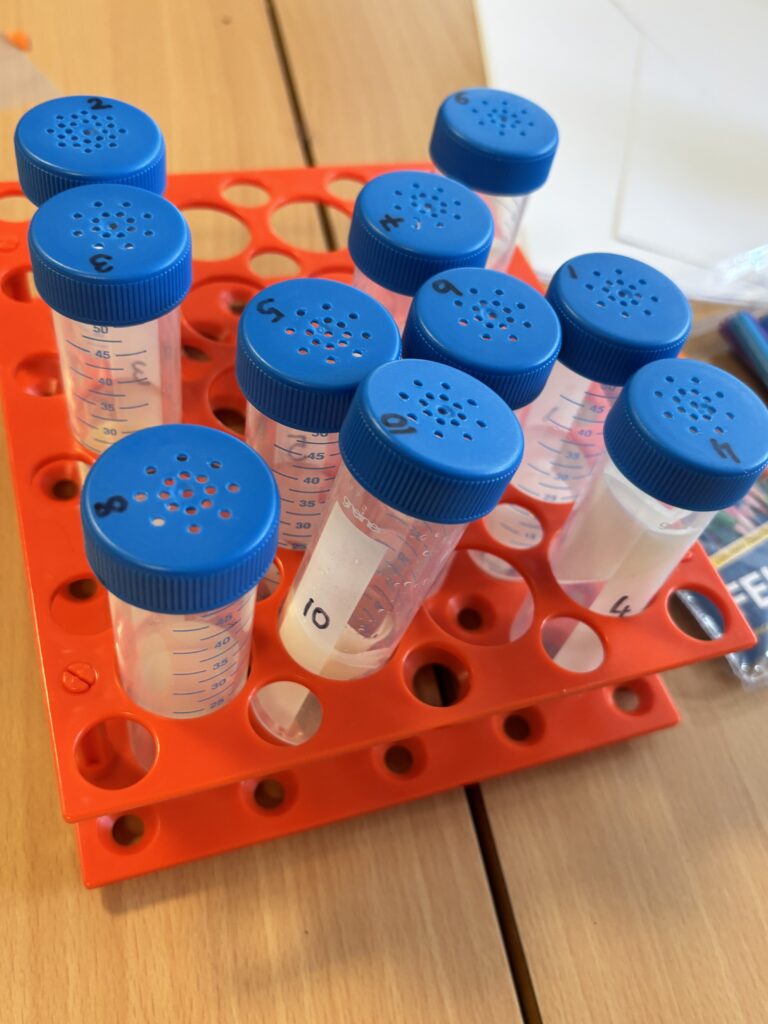
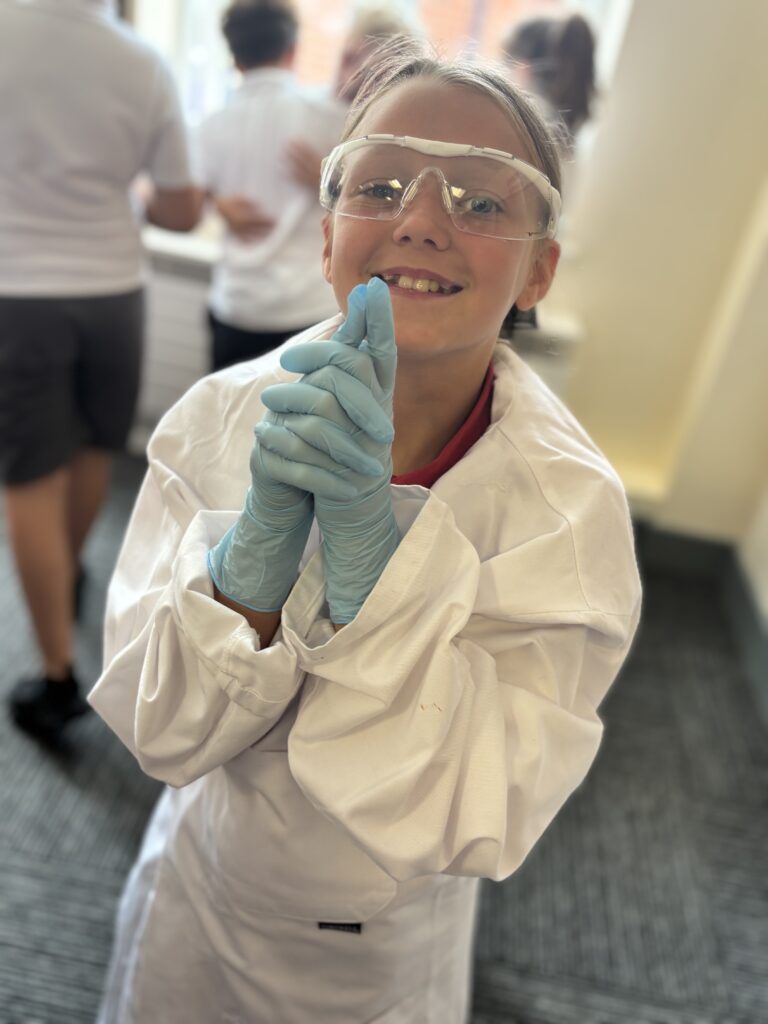
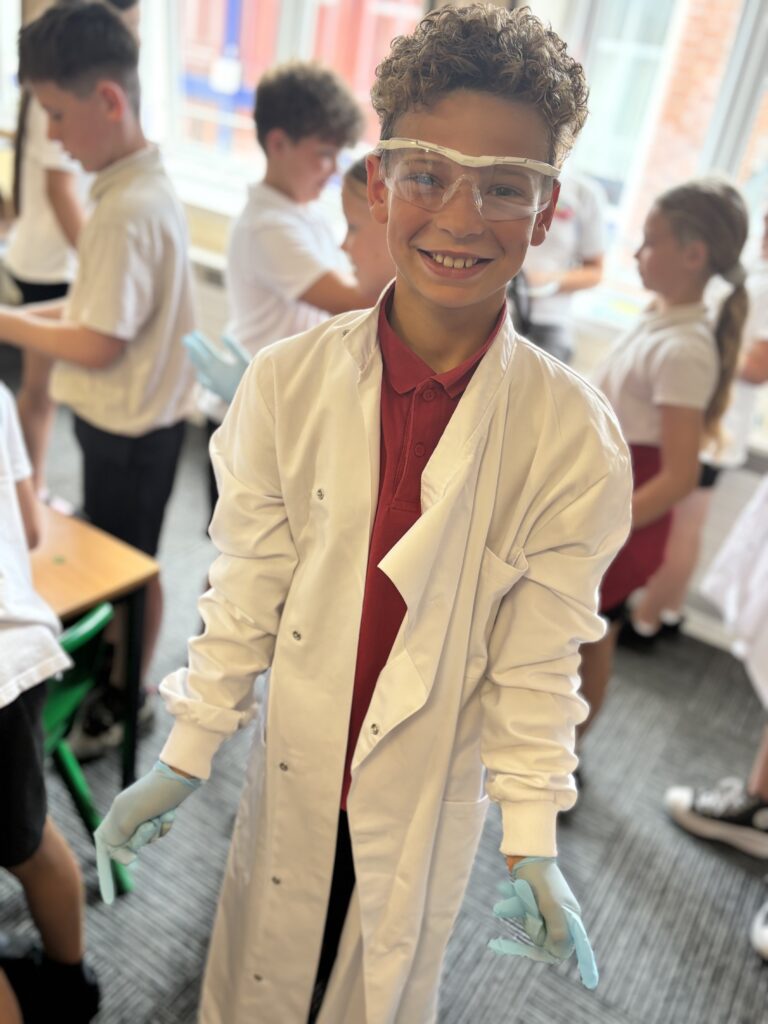
In year 6 we have been constructing and representing simple circuits in a diagram using recognised symbols. We have been fully engaged in experimenting with our physics learning, so much so we have even stayed in at breaks to construct circuits with different components. It has been great to watch us as scientists researching how cells affect the brightness of bulbs and the sound of buzzers.
